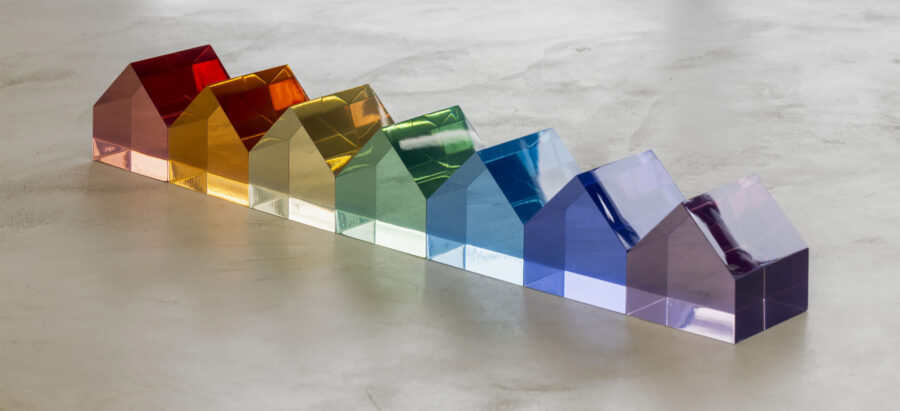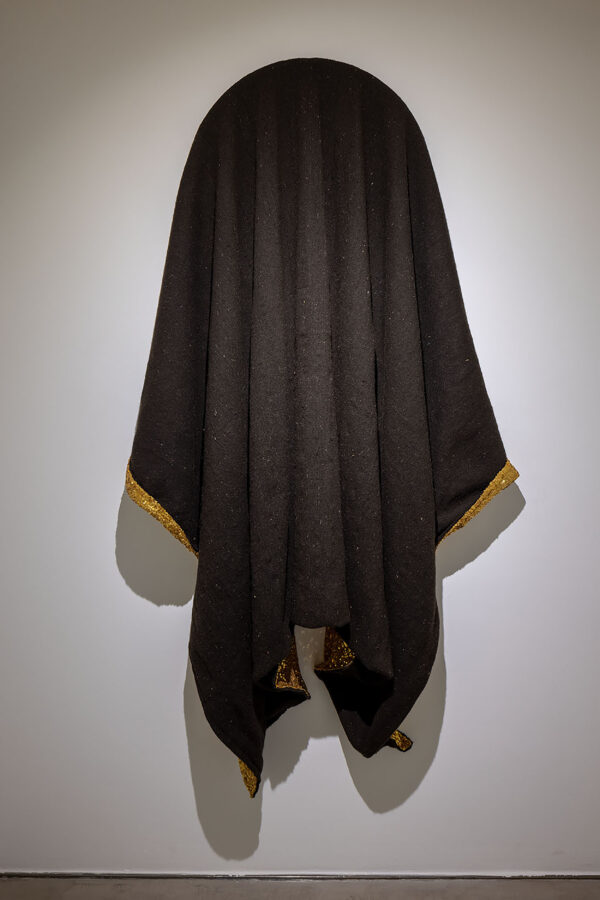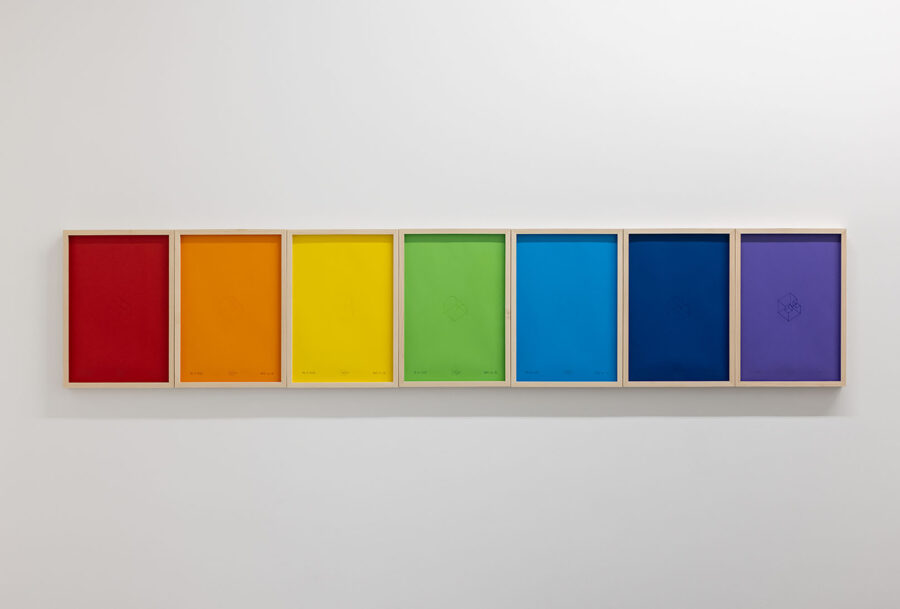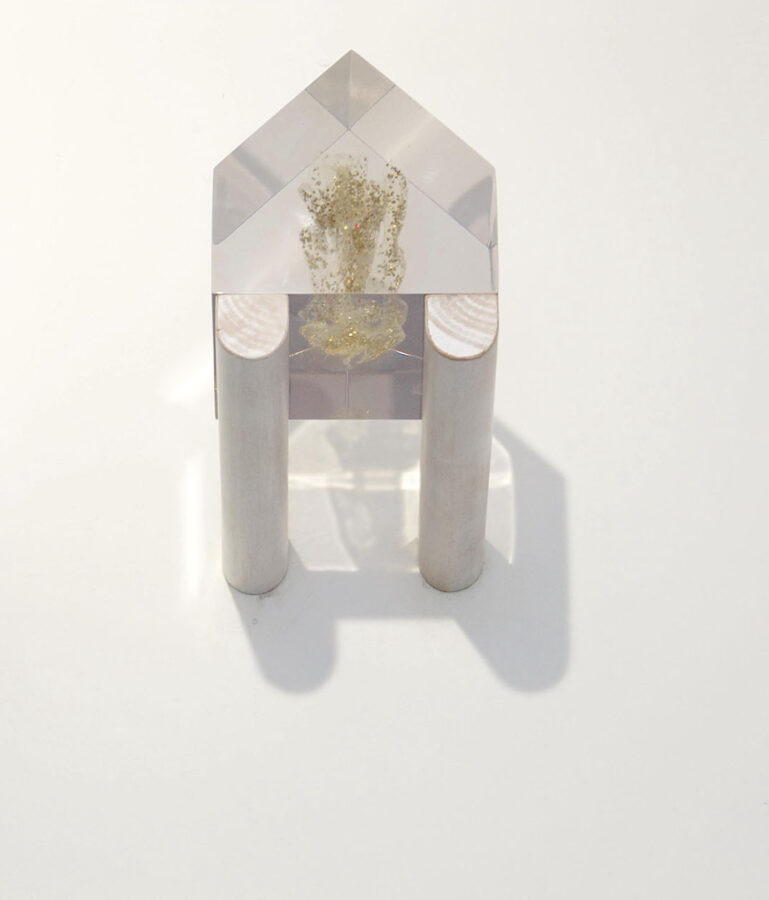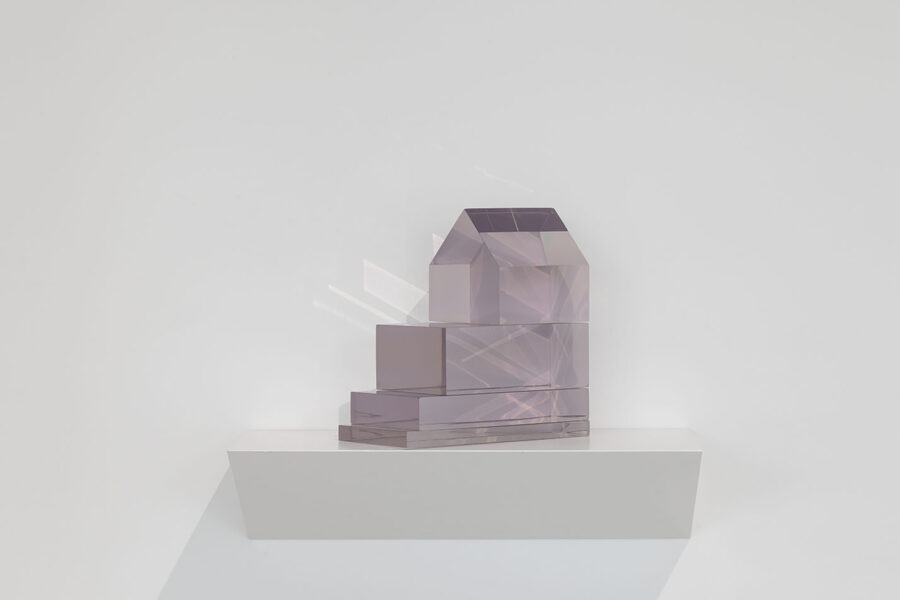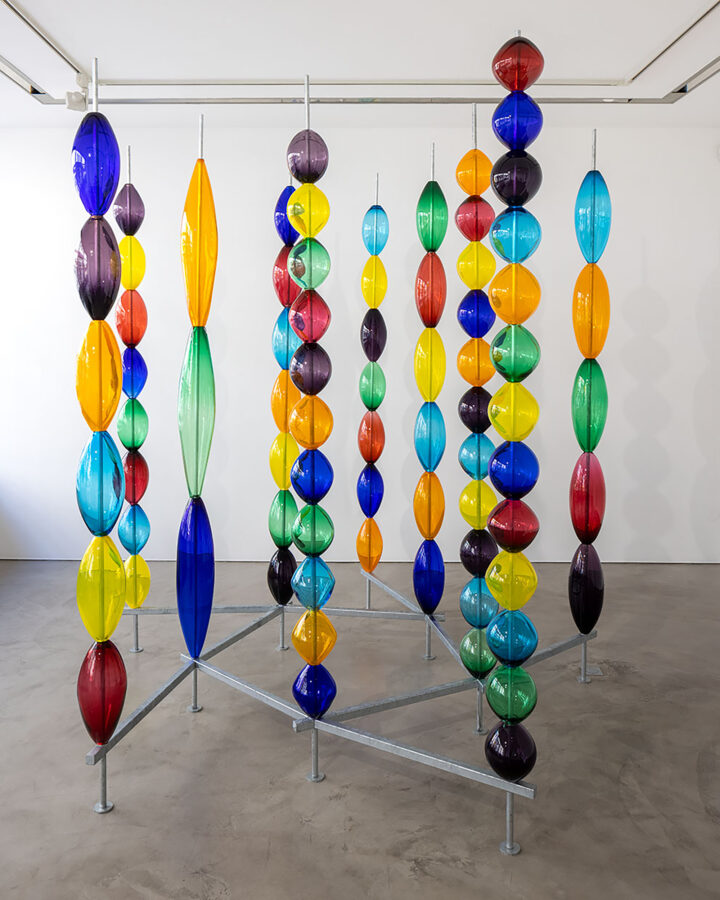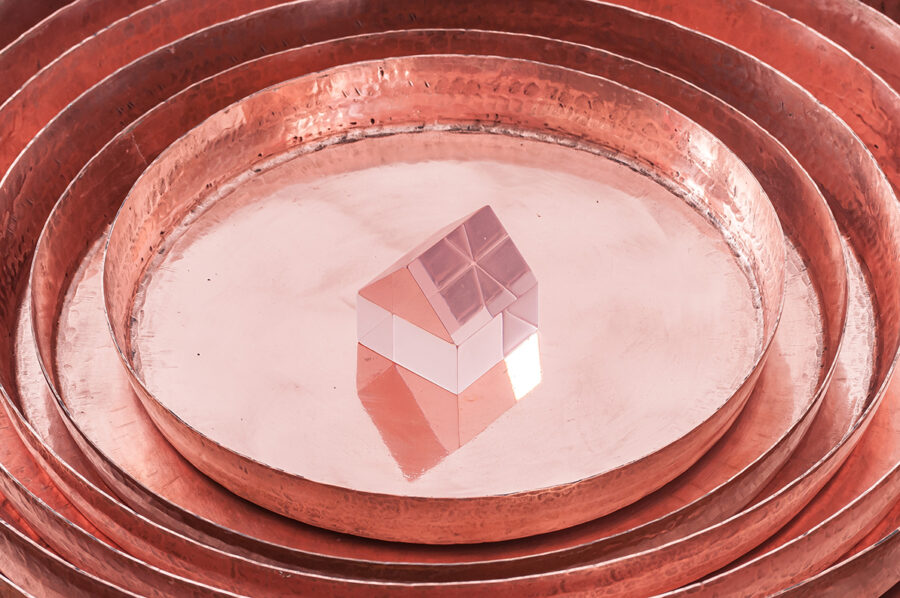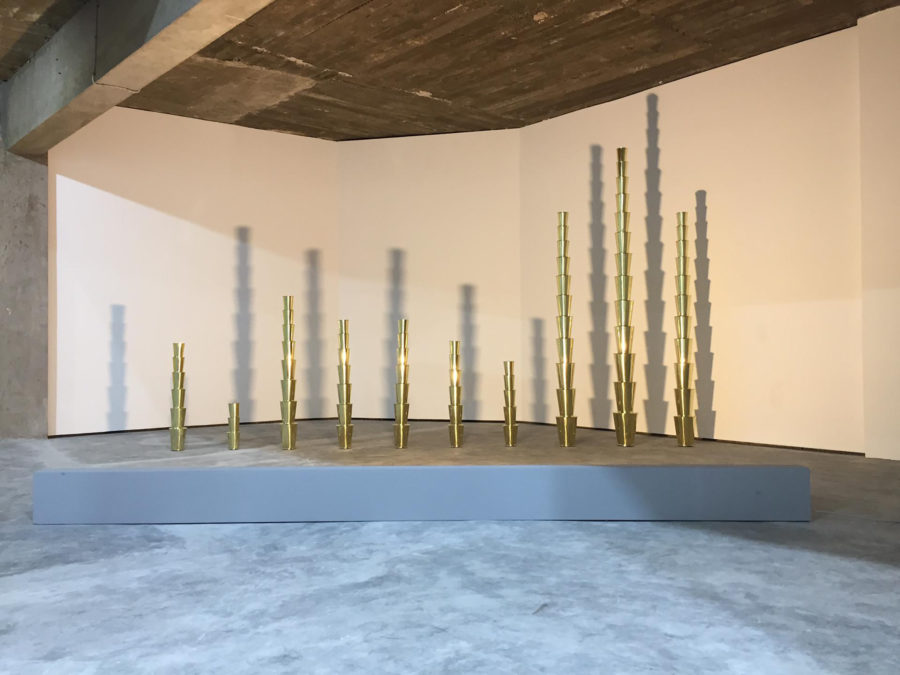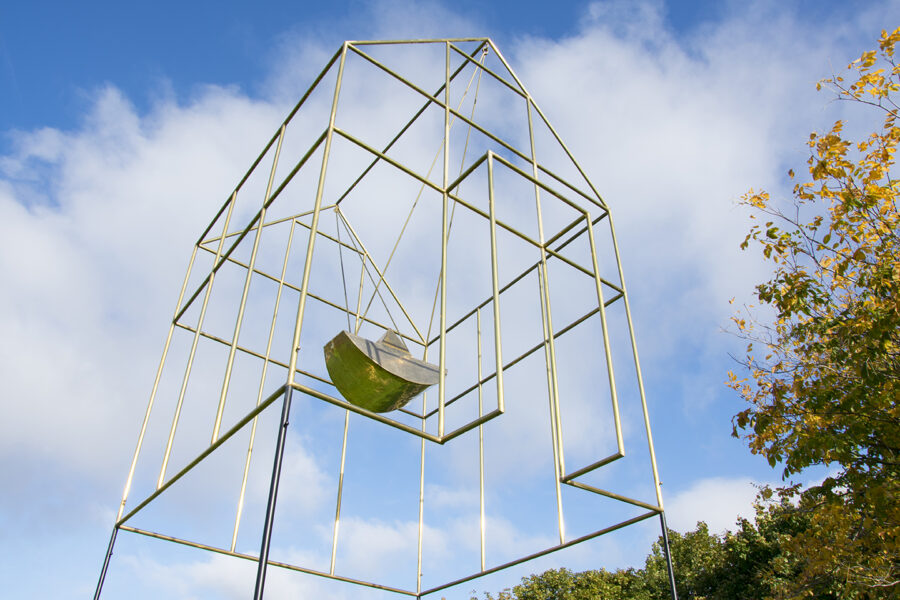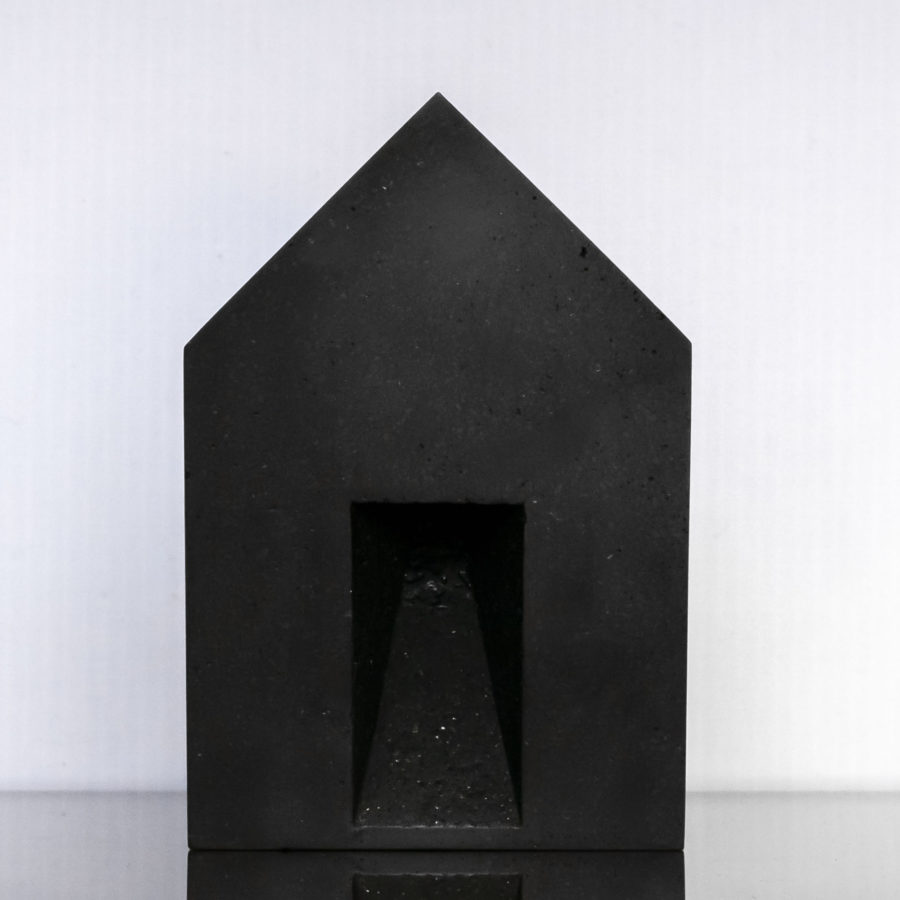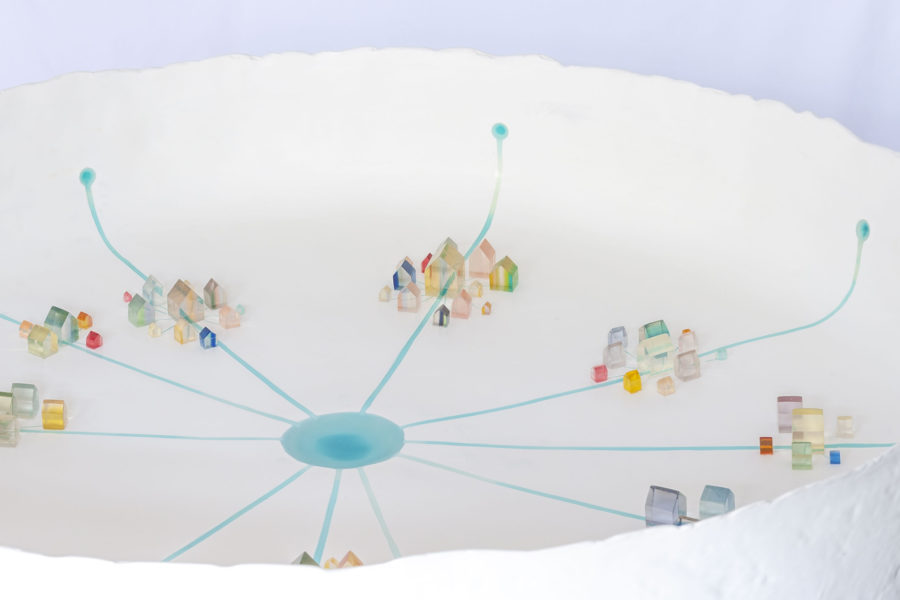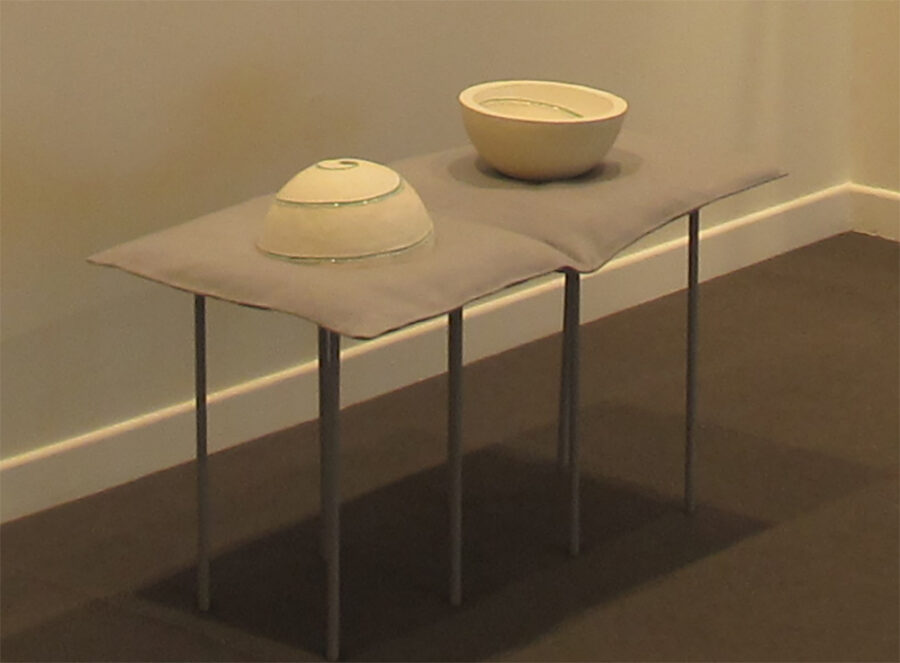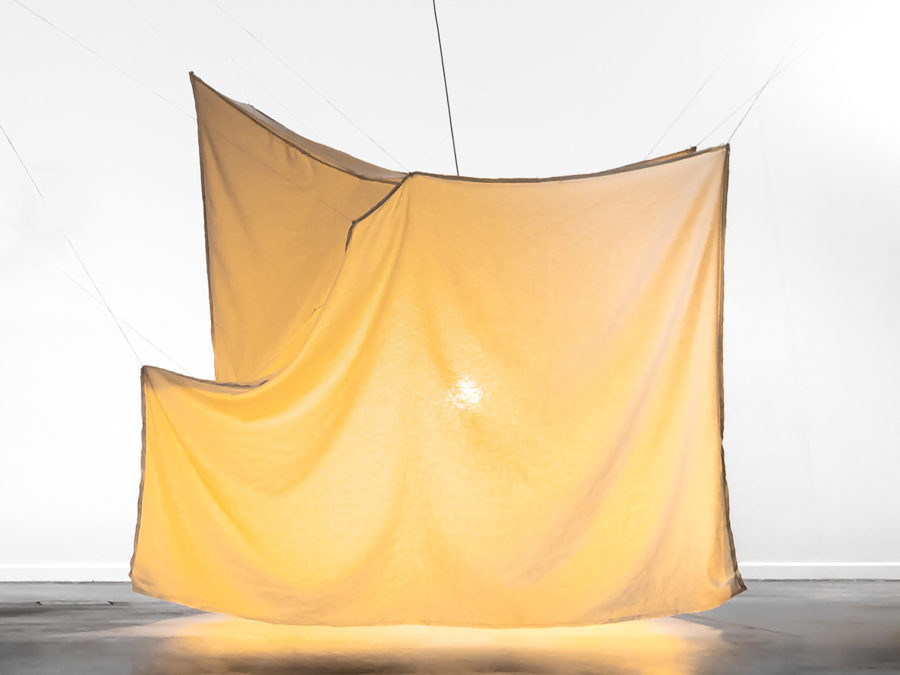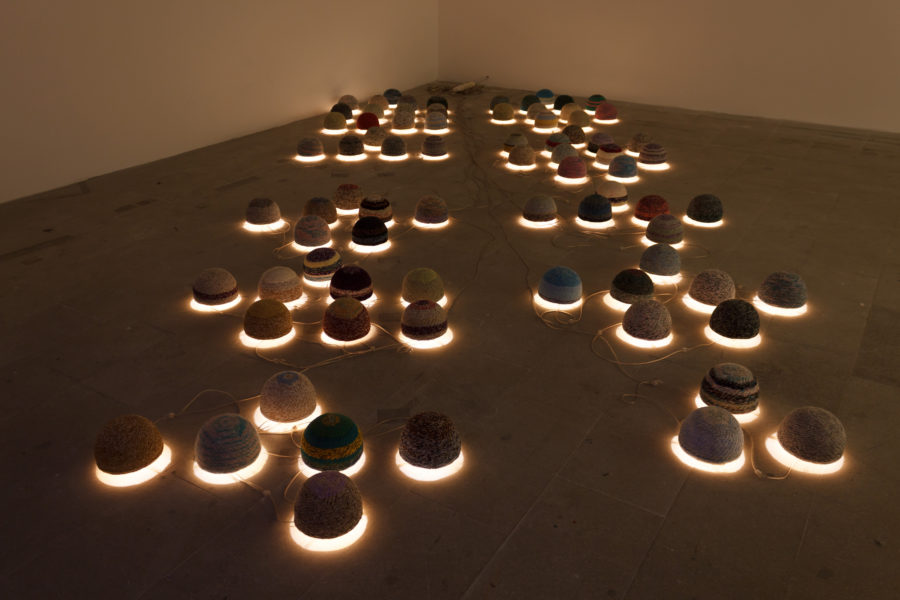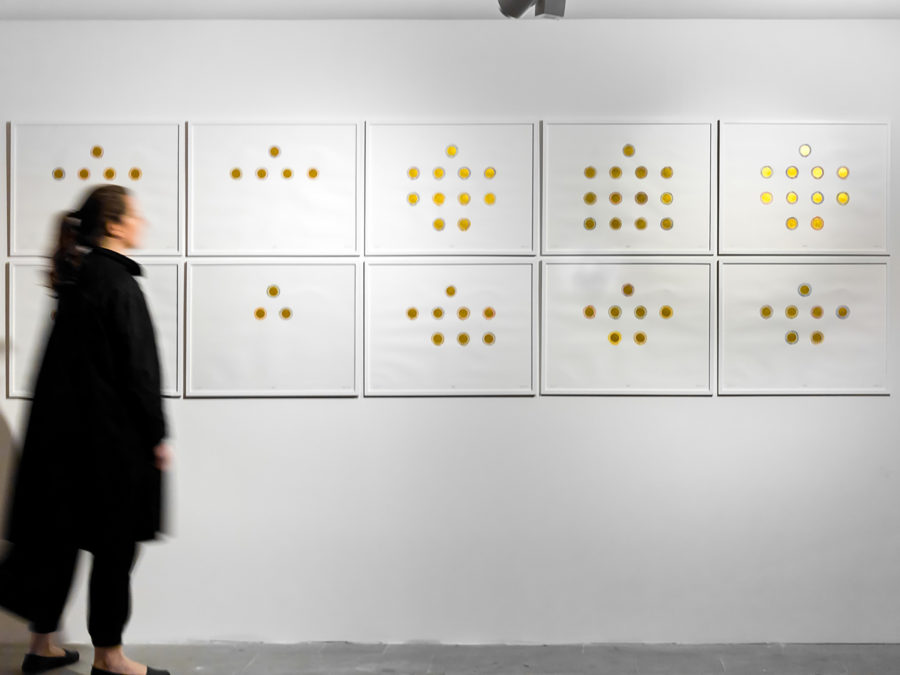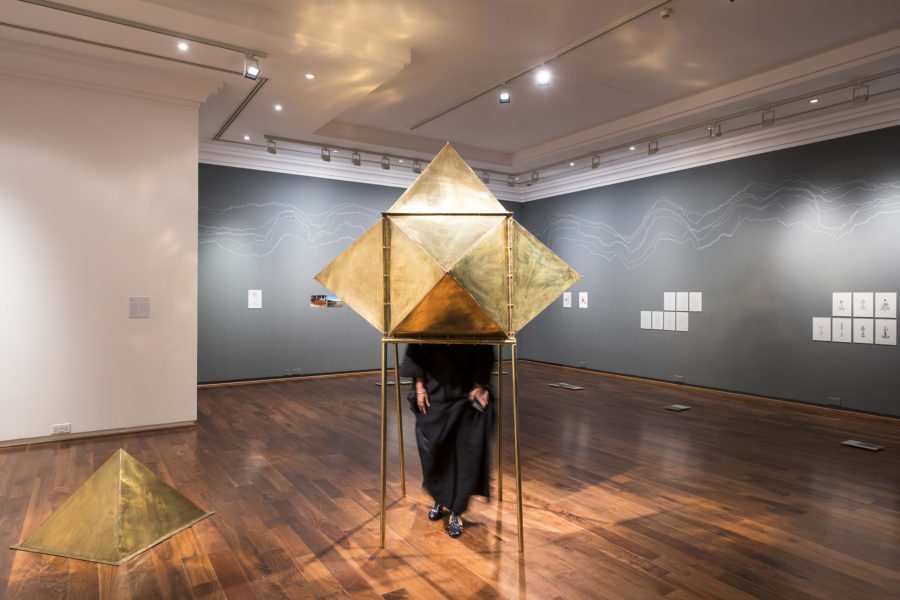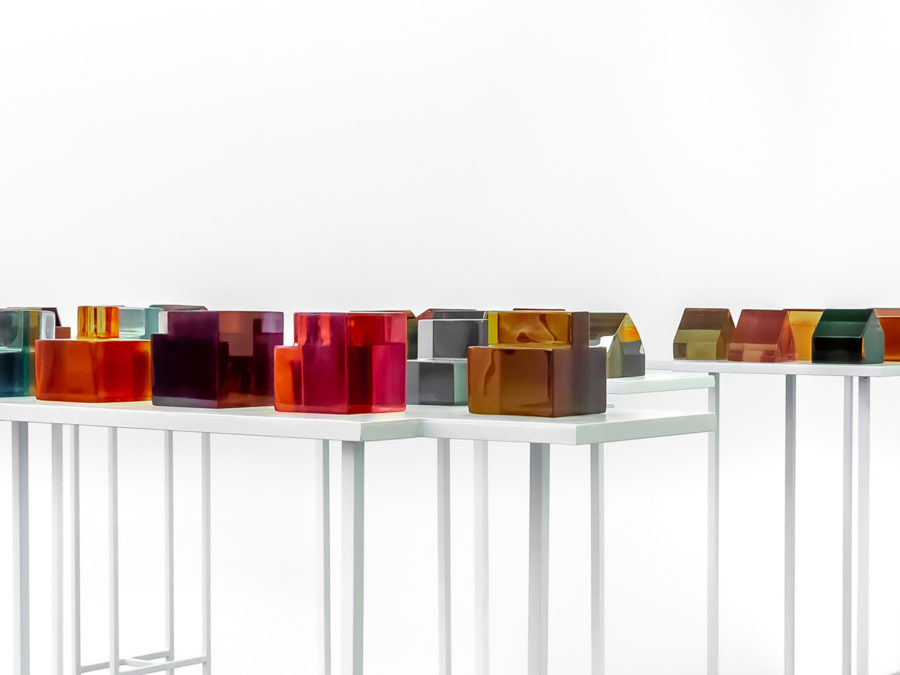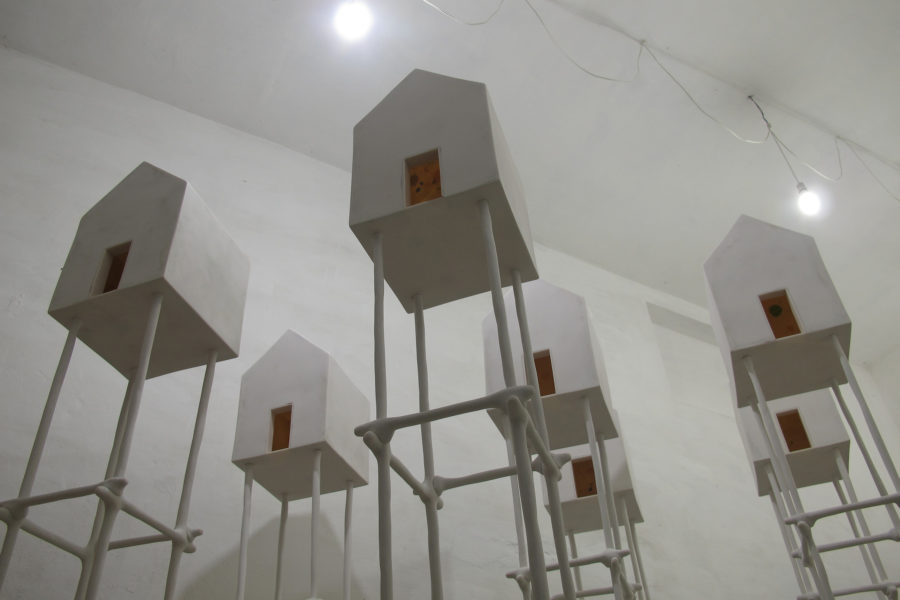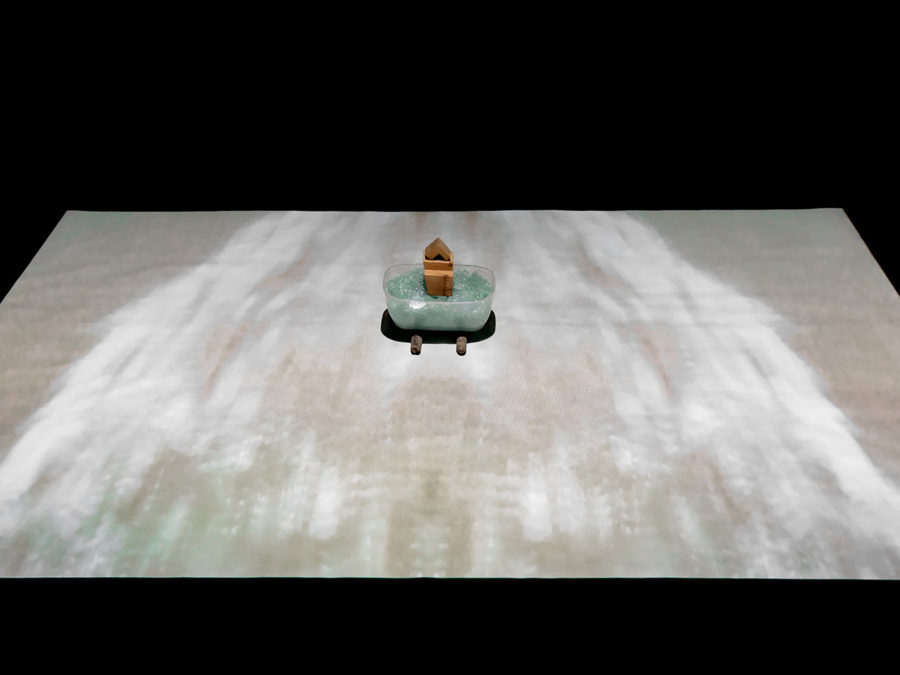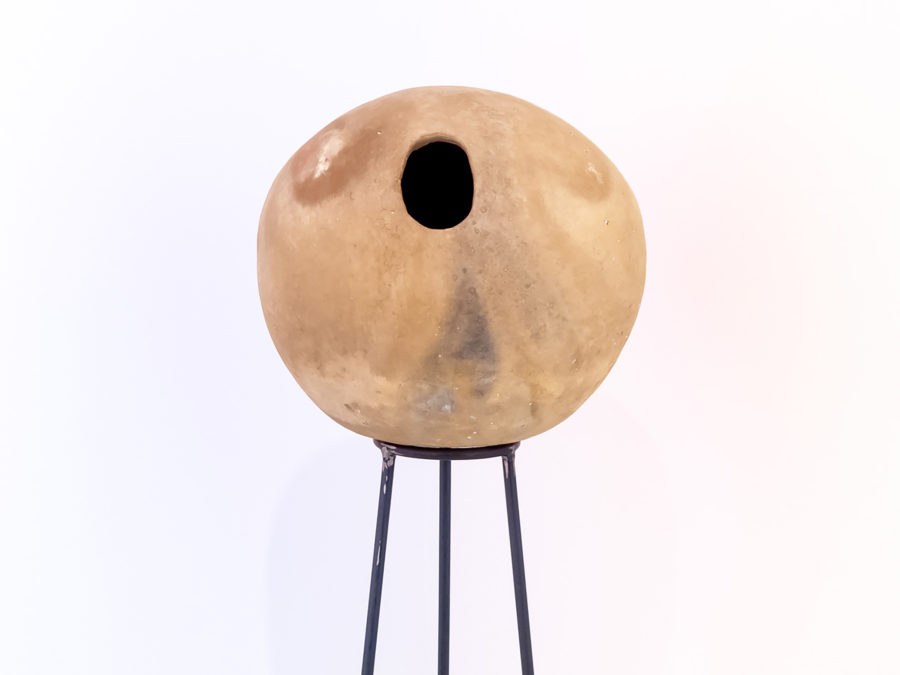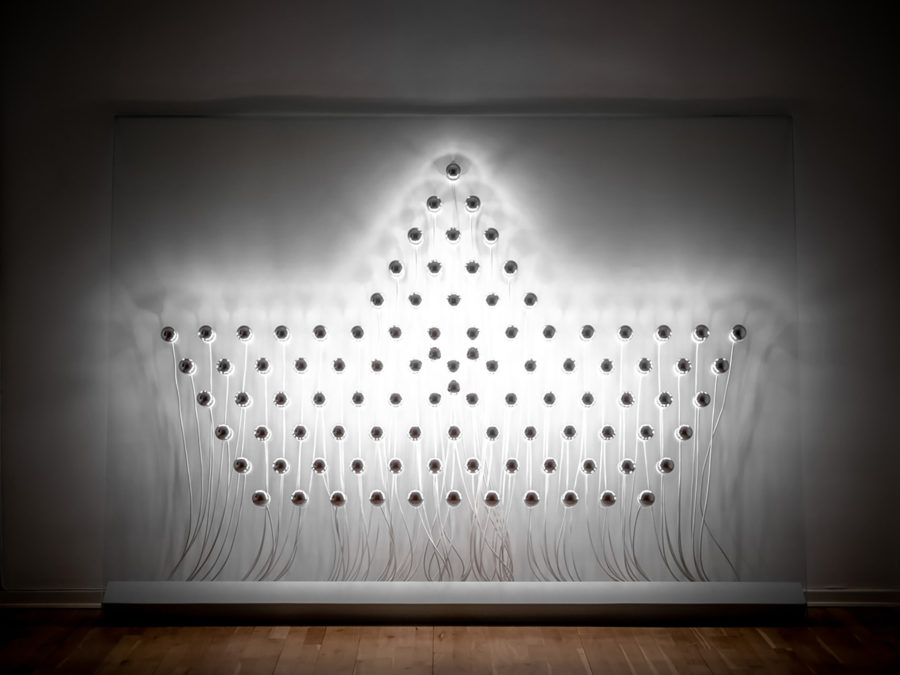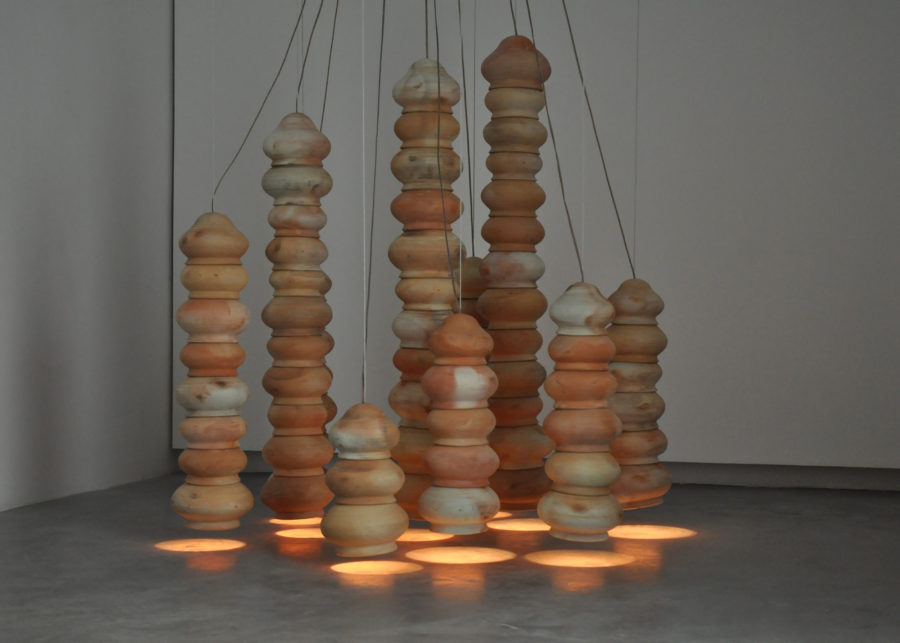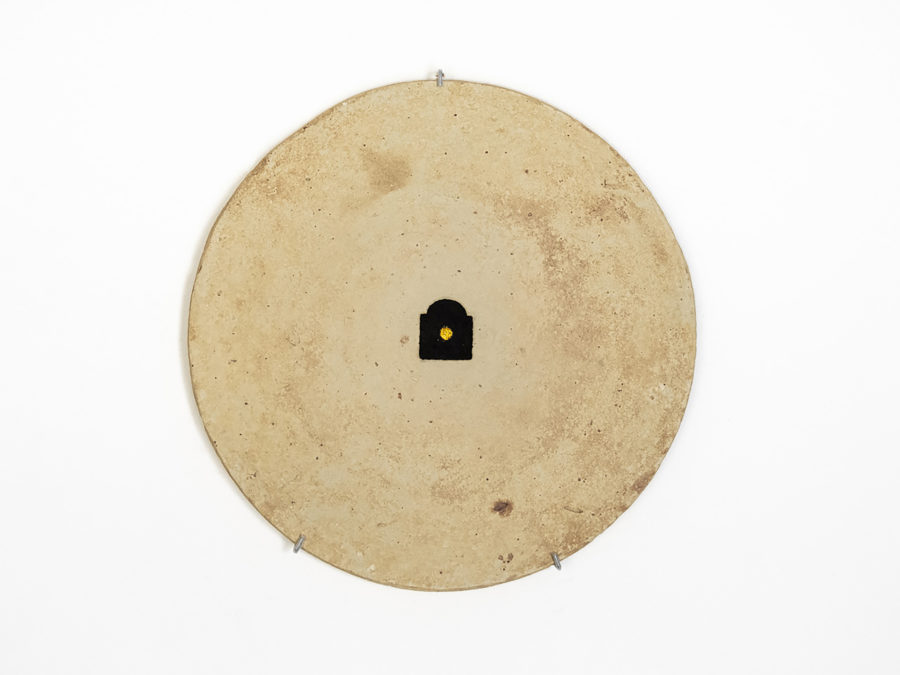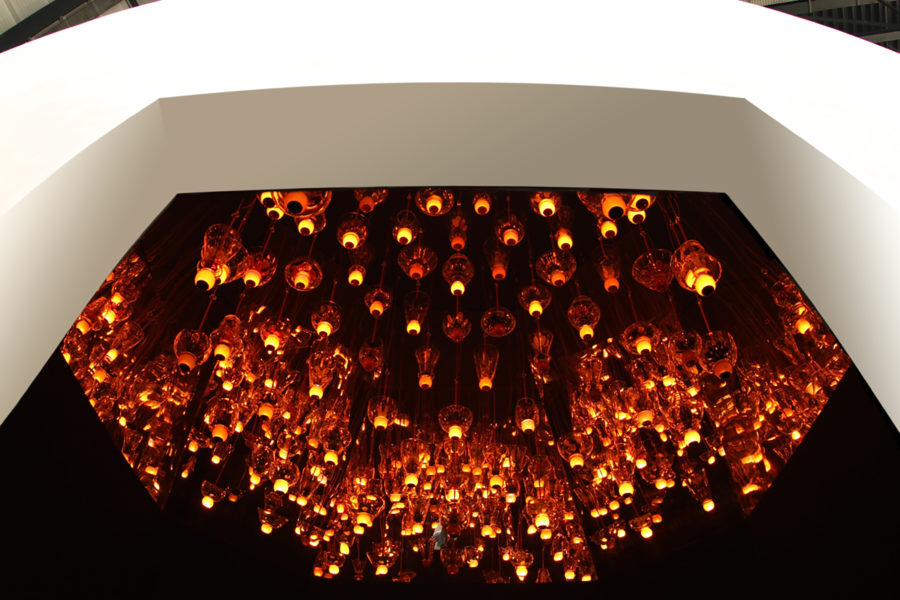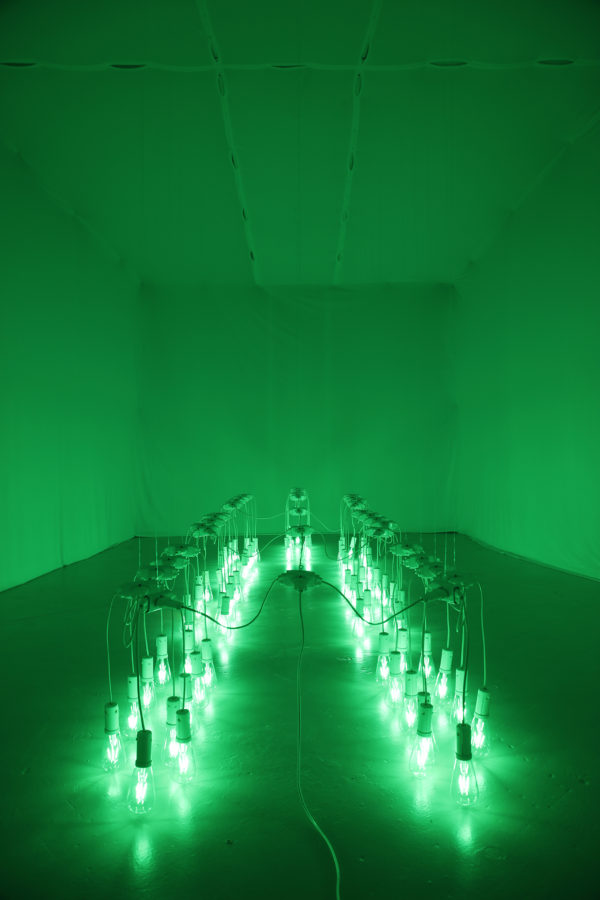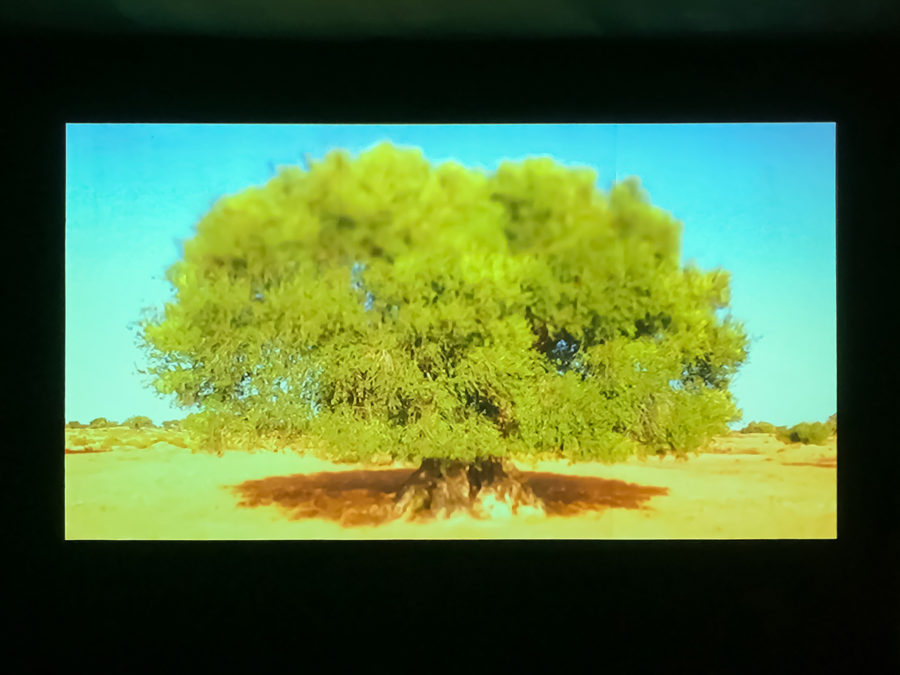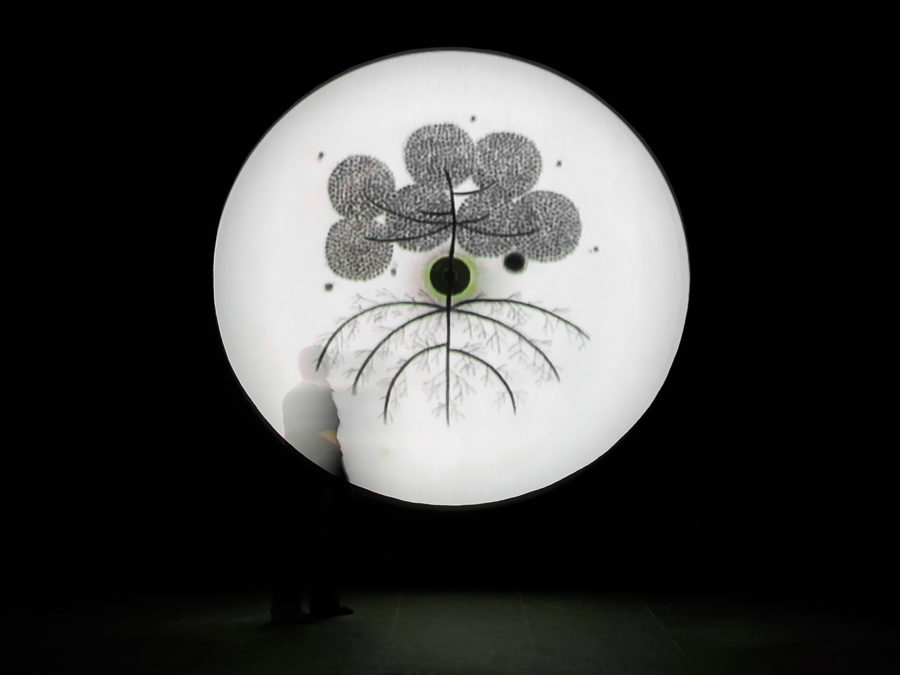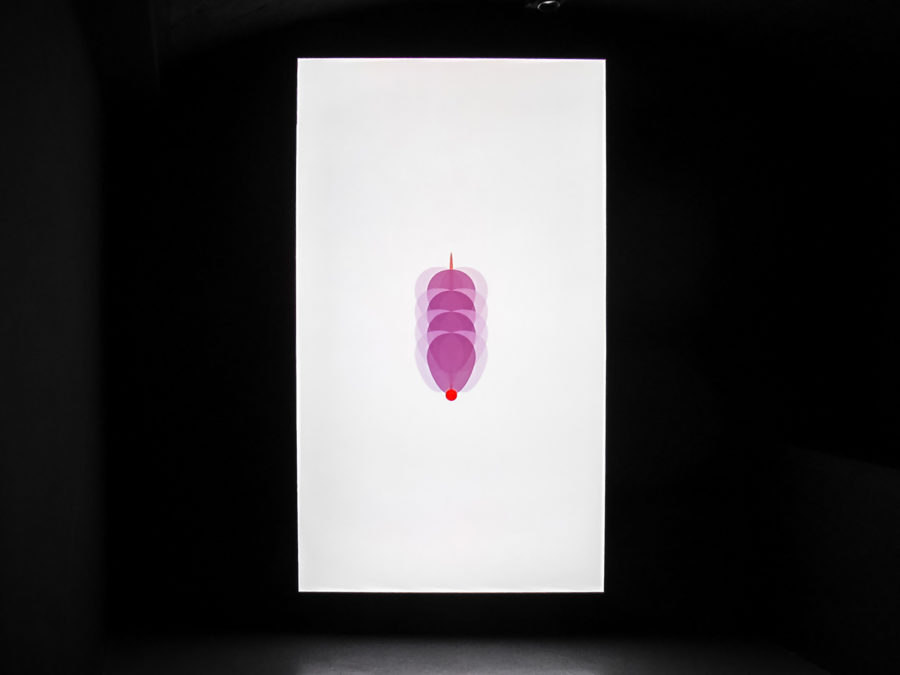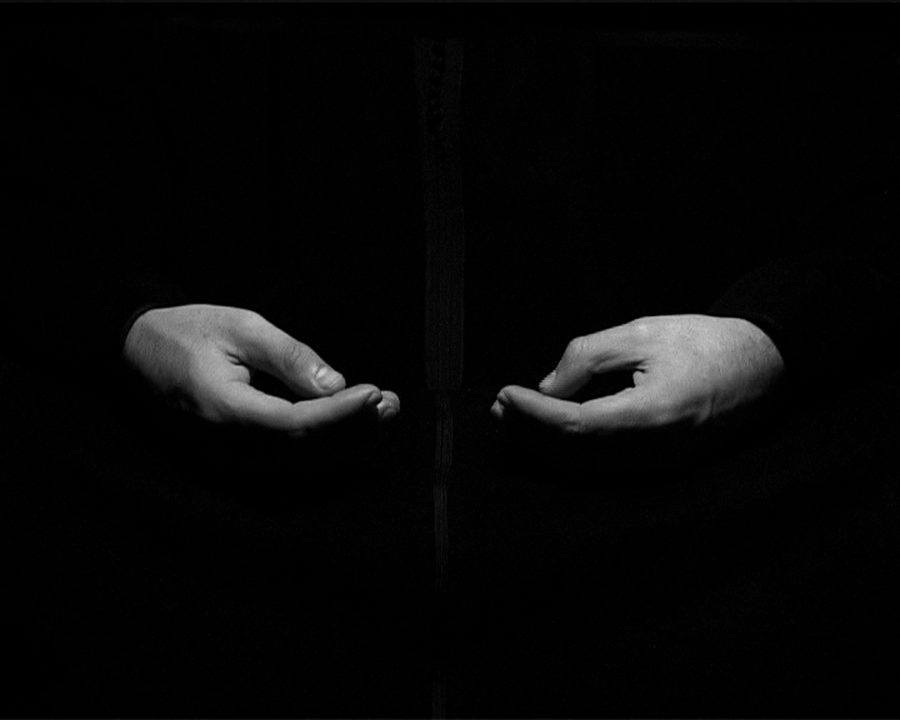Younès Rahmoun






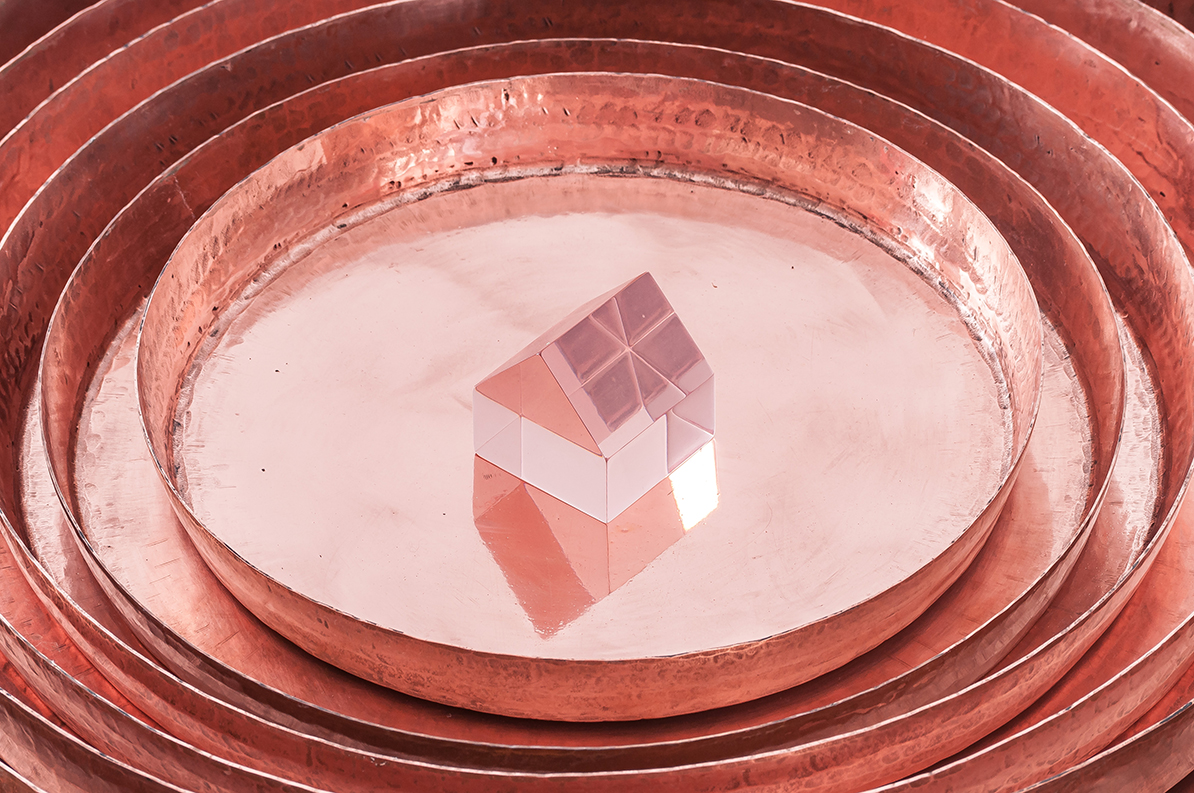
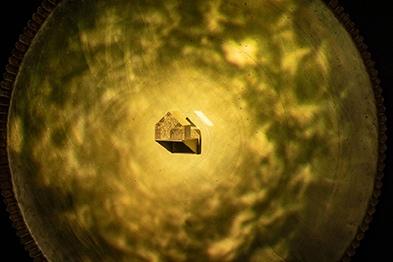




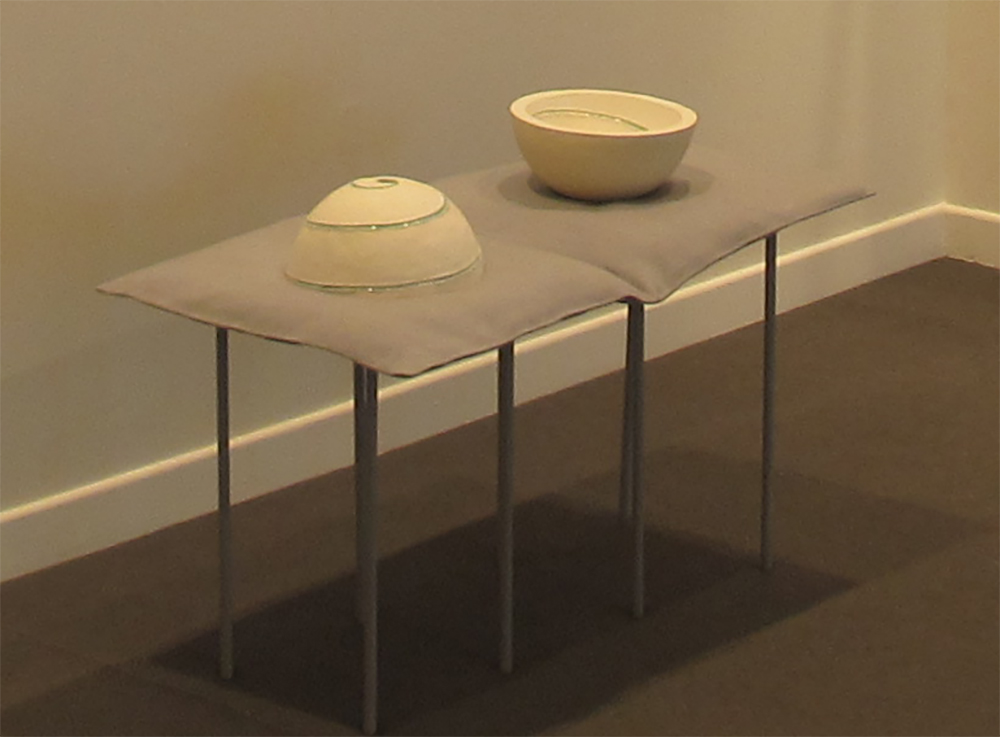















Resin; 10 x 70 x 10 cm
Unique
Resin; 10 x 70 x 10 cm
Unique
Wool, golden sequins; 180 x 100 x 25 cm
Unique
Wool, golden sequins; 180 x 100 x 25 cm
Unique
Set of seven drawings, ballpoint pen and pencil on colored paper; 30 x 21 x 3 cm each
Unique
Set of seven drawings, ballpoint pen and pencil on colored paper; 30 x 21 x 3 cm each
Unique
Resin, golden glitter; 10 x 10 x 10 cm
Unique
Private collection
Resin, golden glitter; 10 x 10 x 10 cm
Unique
Private collection
Resin; 20 x 10 x 20 cm;
Unique
Resin; 20 x 10 x 20 cm;
Unique
77 elements in hand-blown glass, galvanized metal;
Unique
77 elements in hand-blown glass, galvanized metal;
Unique
Red copper plates, resin, metal tripod pedestal; 140 x 60 x 60 cm
Unique
[+]Red copper plates, resin, metal tripod pedestal; 140 x 60 x 60 cm
Unique
[-]Brass, resin, multicolor glitter, light projection; 103 x 14 cm
Unique
The Jom collection
Brass, resin, multicolor glitter, light projection; 103 x 14 cm
Unique
The Jom collection
Brass
[+]Brass
[-]Copper and painted metal; 525 x 210 x 245 cm
Unique
King Abdelaziz Center for World Culture
Copper and painted metal; 525 x 210 x 245 cm
Unique
King Abdelaziz Center for World Culture
Coal, diamond and resin ; 11,5 x 11,5 x 17,8 cm
Unique
Coal, diamond and resin ; 11,5 x 11,5 x 17,8 cm
Unique
Resin and wood ; 92 x 92 x 94 cm
Unique
Resin and wood ; 92 x 92 x 94 cm
Unique
Installation – Ceramics and a drawing, Bir-Tal, iron plate and glazed ceramics – 50 x 80 x 40 cm / Bir-Tal Fayrouzi, drawing colour pencil – 21 x 29,7 cm
Unique
Installation – Ceramics and a drawing, Bir-Tal, iron plate and glazed ceramics – 50 x 80 x 40 cm / Bir-Tal Fayrouzi, drawing colour pencil – 21 x 29,7 cm
Unique
Installation – 77 wool hats, resin, metal supports, light bulbs, electric cables, transformer and plug; Variable dimensions
Cnap
Installation – 77 wool hats, resin, metal supports, light bulbs, electric cables, transformer and plug; Variable dimensions
Cnap
Copper ; 170 x 170 x 240 cm
Unique
Installation view: Younes Rahmoun, Little Worlds, Complex Structures, vcuarts Qatar, 2018
Copper ; 170 x 170 x 240 cm
Unique
Installation view: Younes Rahmoun, Little Worlds, Complex Structures, vcuarts Qatar, 2018
Fondation OCP
[+]Fondation OCP
[-]Installation: seven white resin sculptures ; 30 x 30 x 225 cm (each)
Unique
Centre Pompidou
[+]Installation: seven white resin sculptures ; 30 x 30 x 225 cm (each)
Unique
Centre Pompidou
[-]Installation: a HD video projection and a sculpture made of wood, broken glass and a plastic box ; variable dimensions
Unique
Exhibition view: Manzil, Galerie Imane Farès, Paris, 2015
Centre Pompidou
[+]Installation: a HD video projection and a sculpture made of wood, broken glass and a plastic box ; variable dimensions
Unique
Exhibition view: Manzil, Galerie Imane Farès, Paris, 2015
Centre Pompidou
[-]Installation: white cables, 99 light bulbs, glass pannel, metallic structure ; 190 x 256 cm
Unique
OCP Foundation
[+]Installation: white cables, 99 light bulbs, glass pannel, metallic structure ; 190 x 256 cm
Unique
OCP Foundation
[-]MACBA Collection. MACBA Foundation. Work acquired with the help of Banco Sabadell
[+]MACBA Collection. MACBA Foundation. Work acquired with the help of Banco Sabadell
[-]Terracotta, light bulbs, electric cables ; variable dimensions
Unique
Djerba Traditional Heritage Museum
[+]Terracotta, light bulbs, electric cables ; variable dimensions
Unique
Djerba Traditional Heritage Museum
[-]Oil, pastel and gold sequins on clay ; 50 cm diam.
Unique
Private collection
[+]Oil, pastel and gold sequins on clay ; 50 cm diam.
Unique
Private collection
[-]MATHAF
[+]MATHAF
[-]Artist’s collection
[+]Artist’s collection
[-]Two drawings: gold felt pen and pencil on paper ; two photos: inkjet print on photo paper ; 29 x 31 cm (each)
Unique
Two drawings: gold felt pen and pencil on paper ; two photos: inkjet print on photo paper ; 29 x 31 cm (each)
Unique
Video, color and sound; 11min21 sec
[+]Video, color and sound; 11min21 sec
[-]Performance, HD video, 2’
[+]Performance, HD video, 2’
[-]Animation video, 9min
[+]Animation video, 9min
[-]Video B&W sound
[+]Video B&W sound
[-]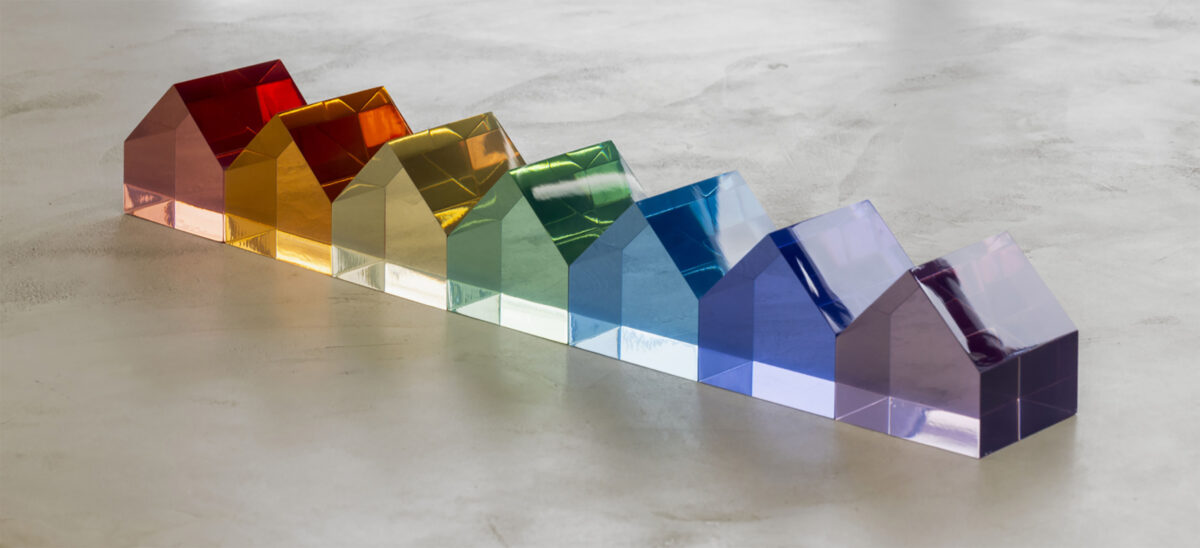
Resin; 10 x 70 x 10 cm
Unique
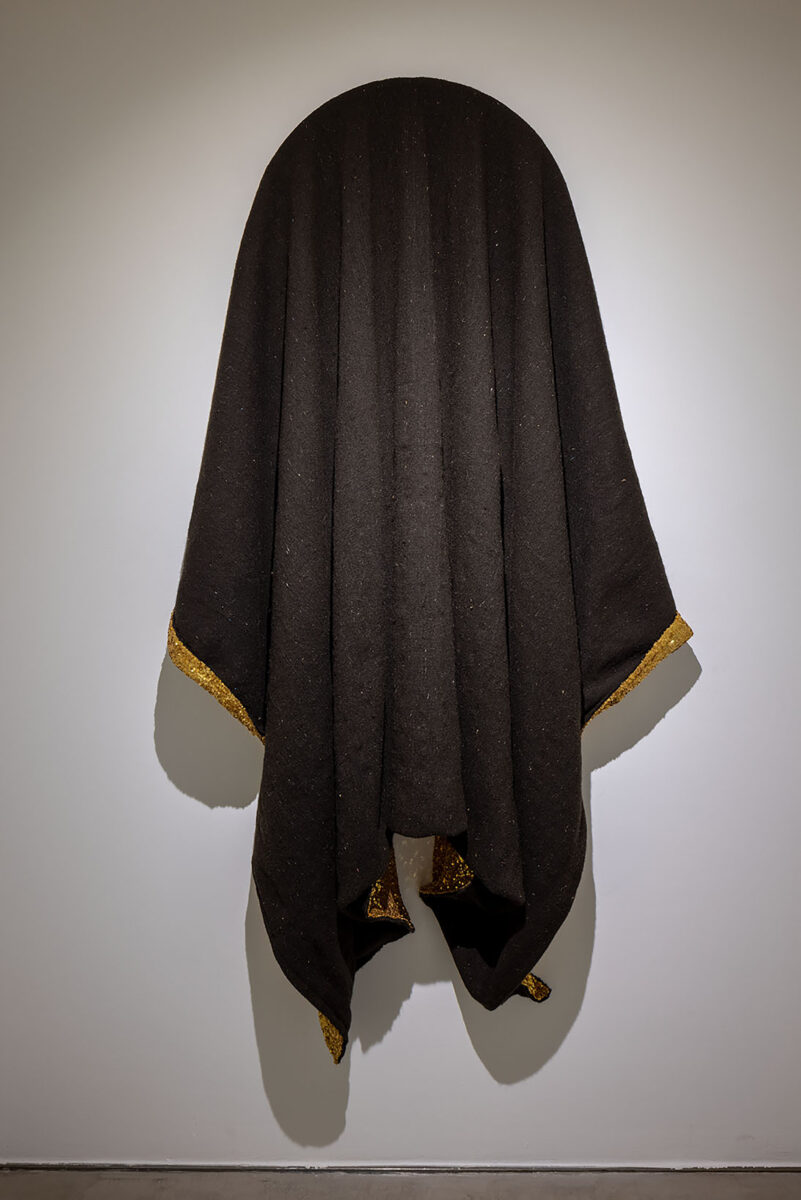
Wool, golden sequins; 180 x 100 x 25 cm
Unique
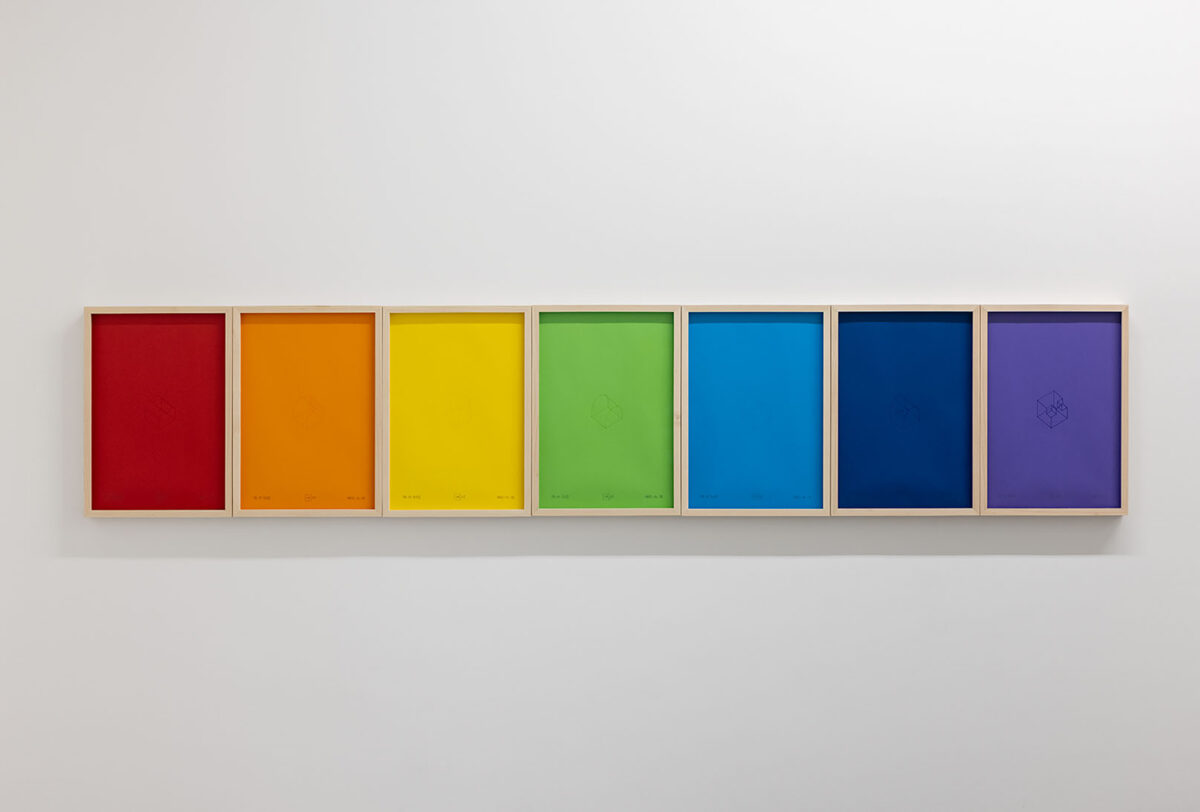
Set of seven drawings, ballpoint pen and pencil on colored paper; 30 x 21 x 3 cm each
Unique
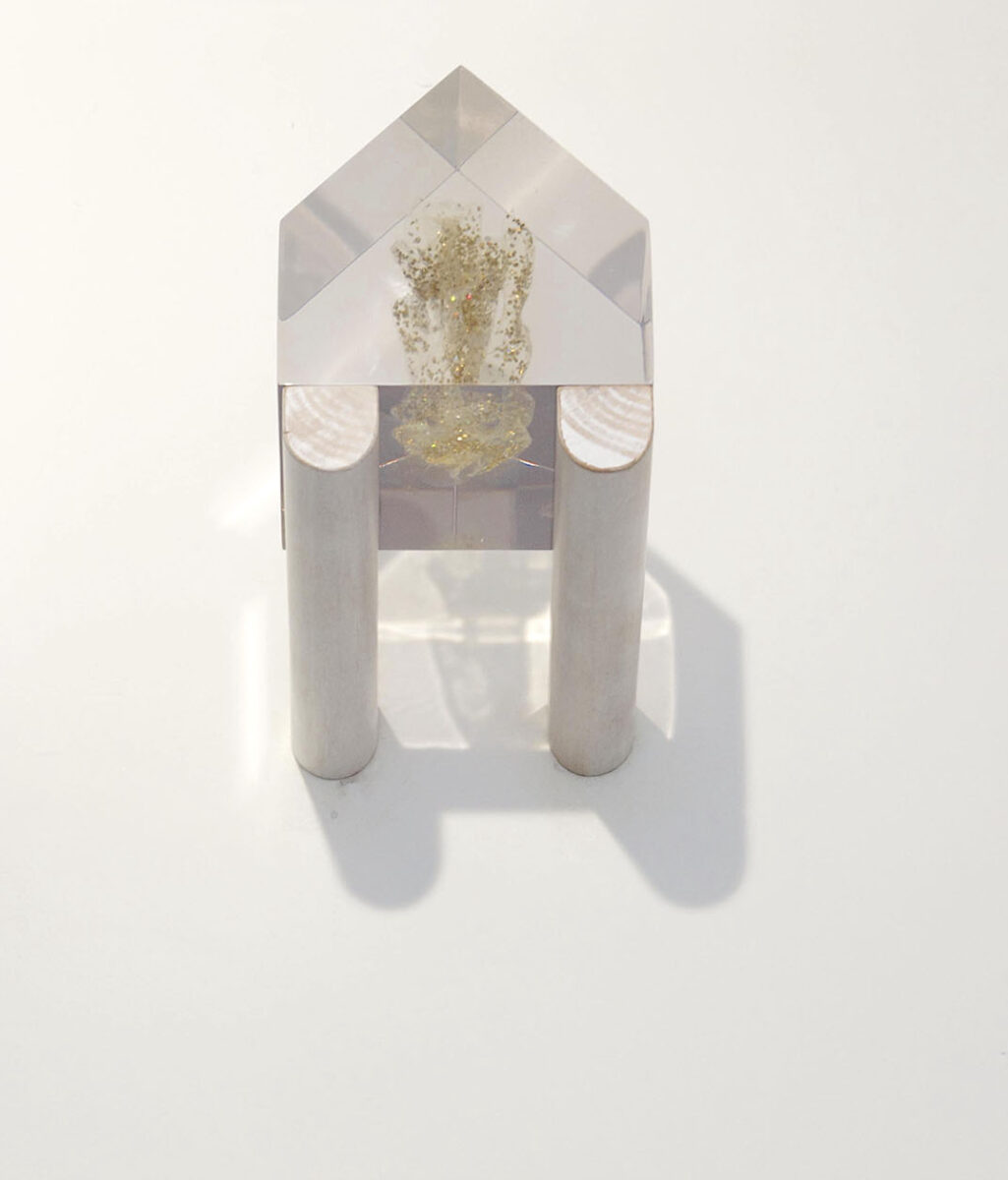
Resin, golden glitter; 10 x 10 x 10 cm
Unique
Private collection
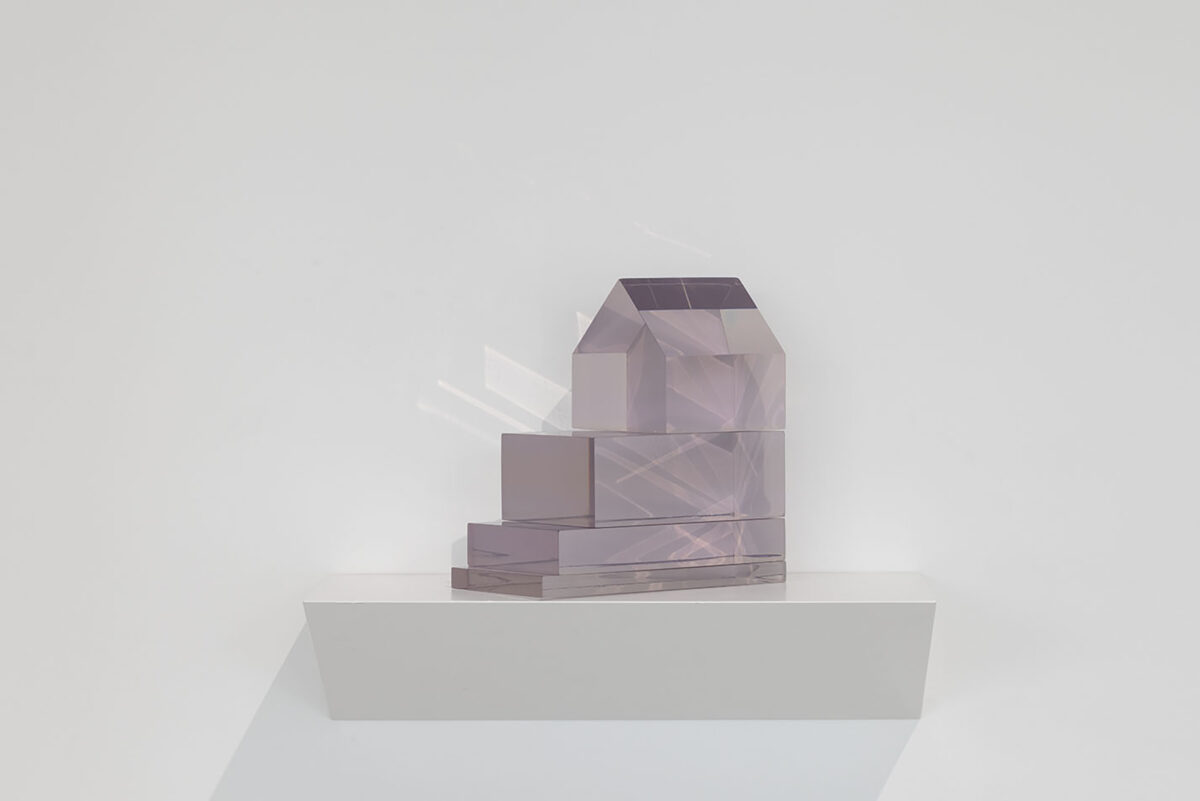
Resin; 20 x 10 x 20 cm;
Unique
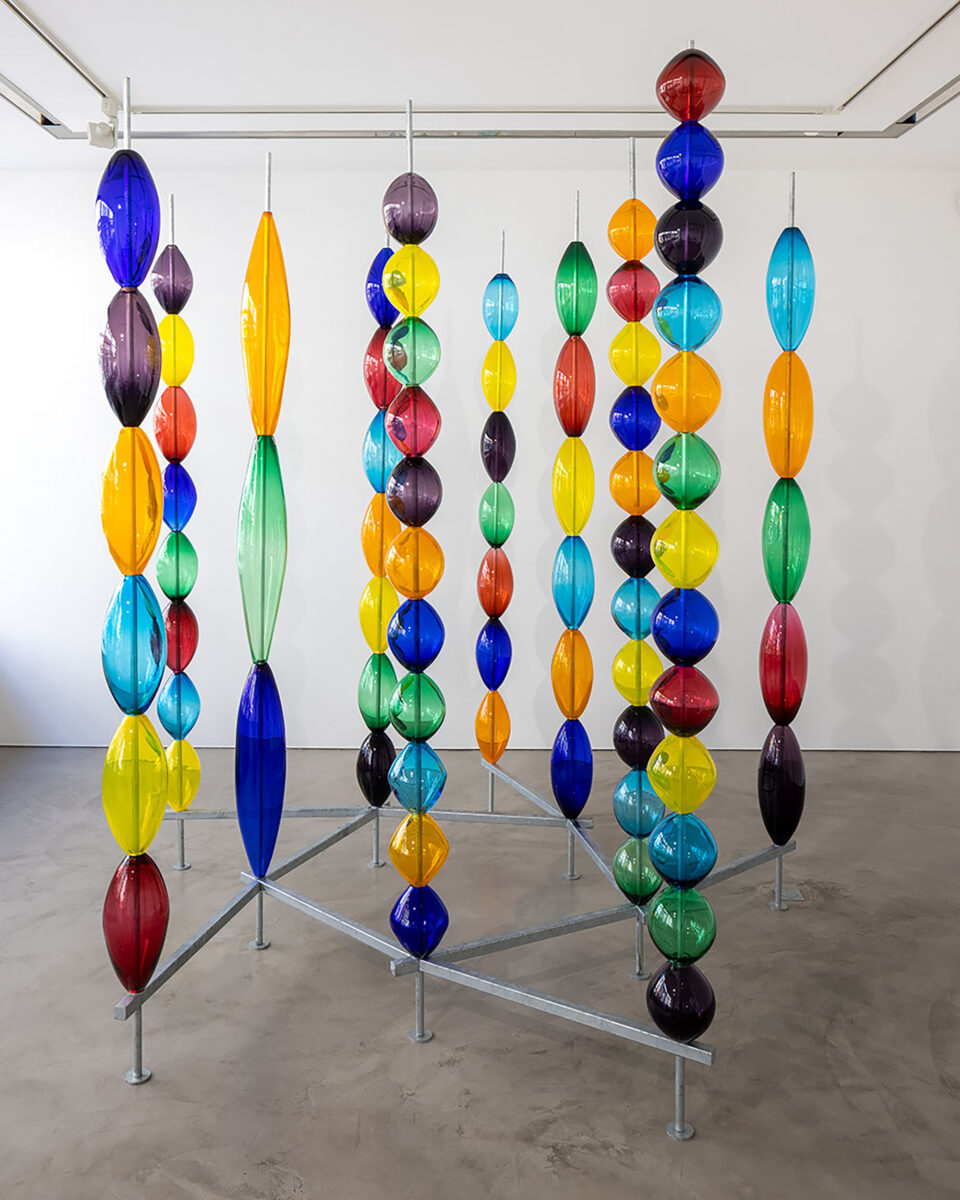
77 elements in hand-blown glass, galvanized metal;
Unique

Red copper plates, resin, metal tripod pedestal; 140 x 60 x 60 cm
Unique

Brass, resin, multicolor glitter, light projection; 103 x 14 cm
Unique
The Jom collection
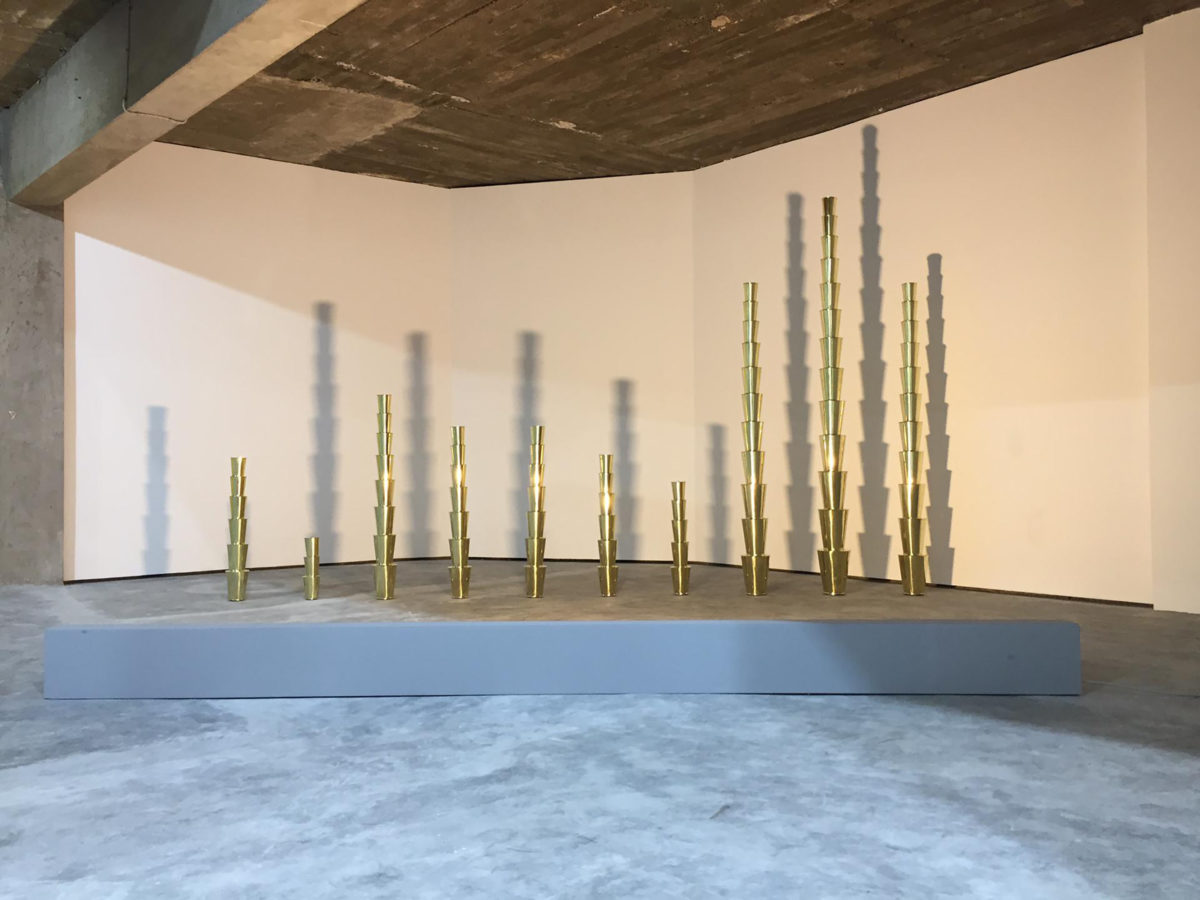
Brass
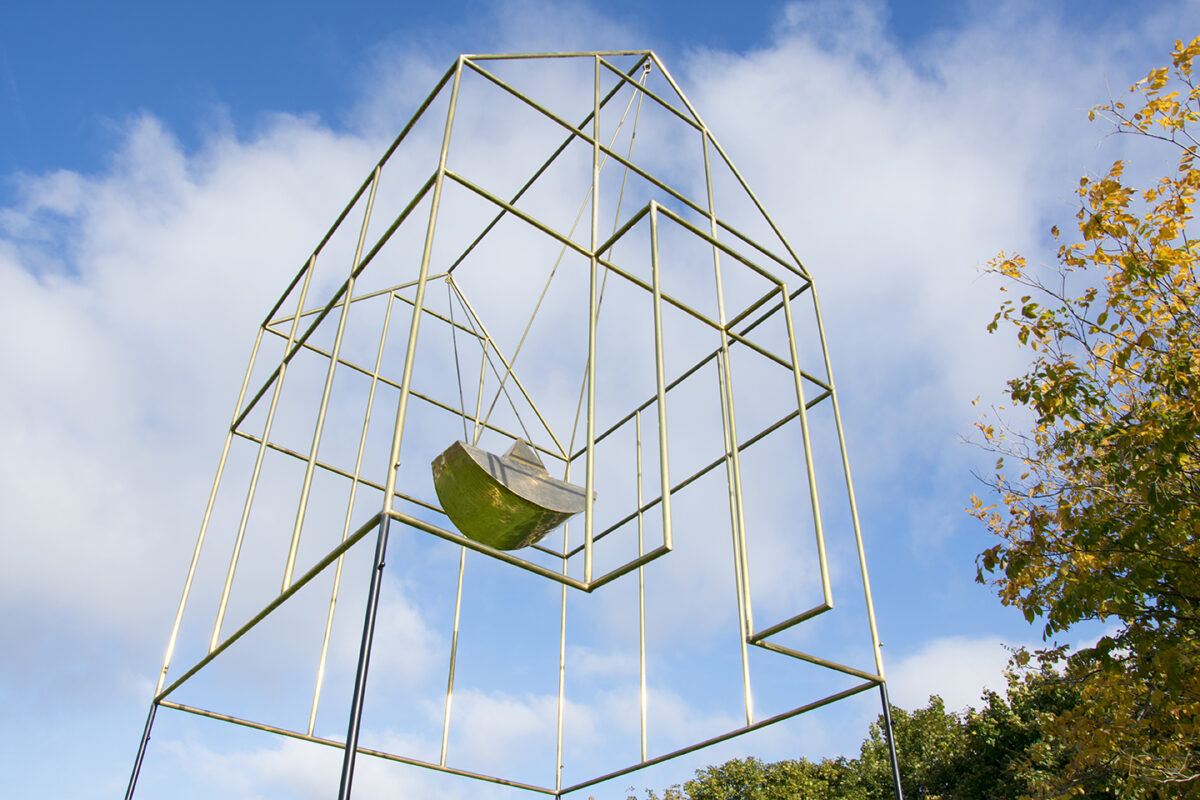
Copper and painted metal; 525 x 210 x 245 cm
Unique
King Abdelaziz Center for World Culture
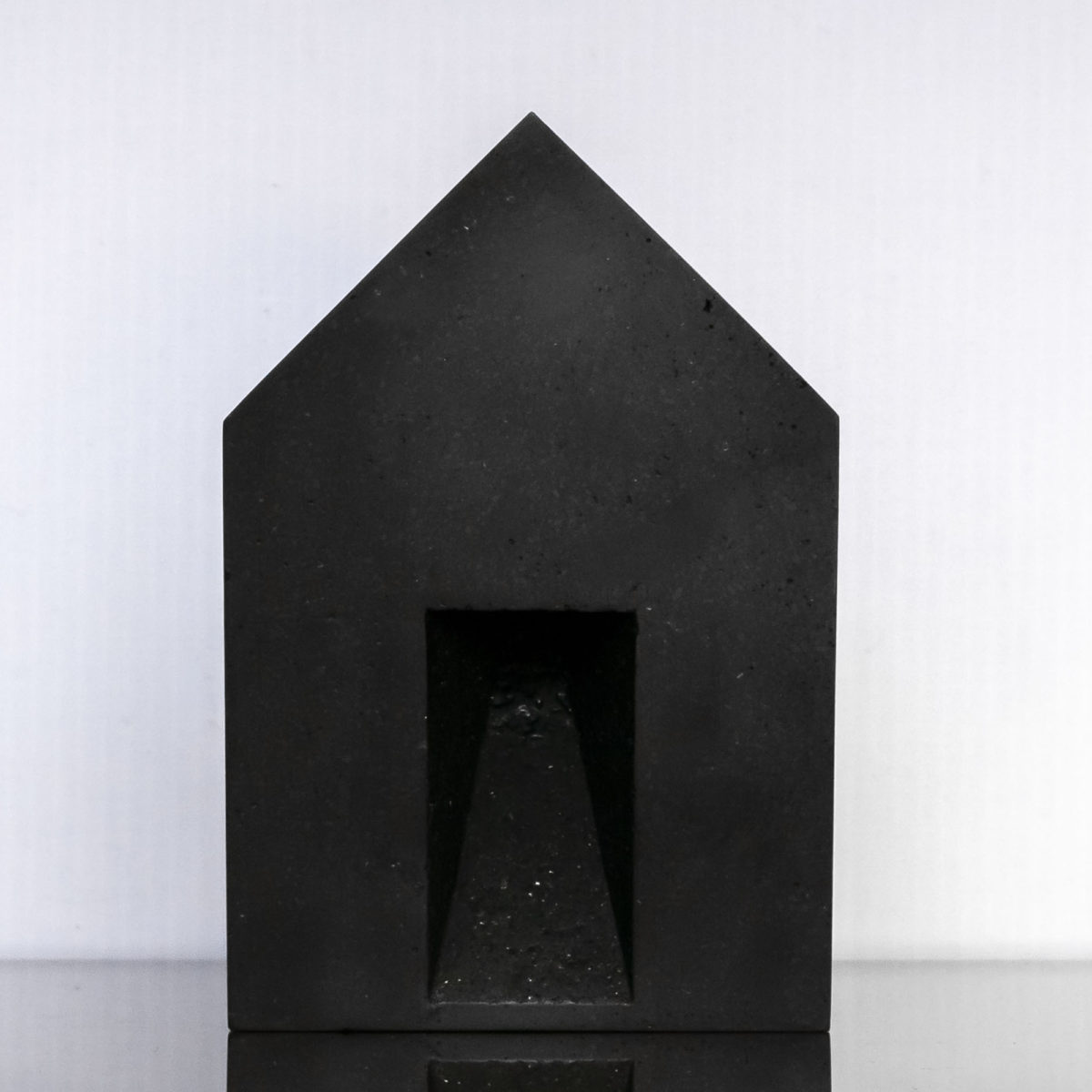
Coal, diamond and resin ; 11,5 x 11,5 x 17,8 cm
Unique
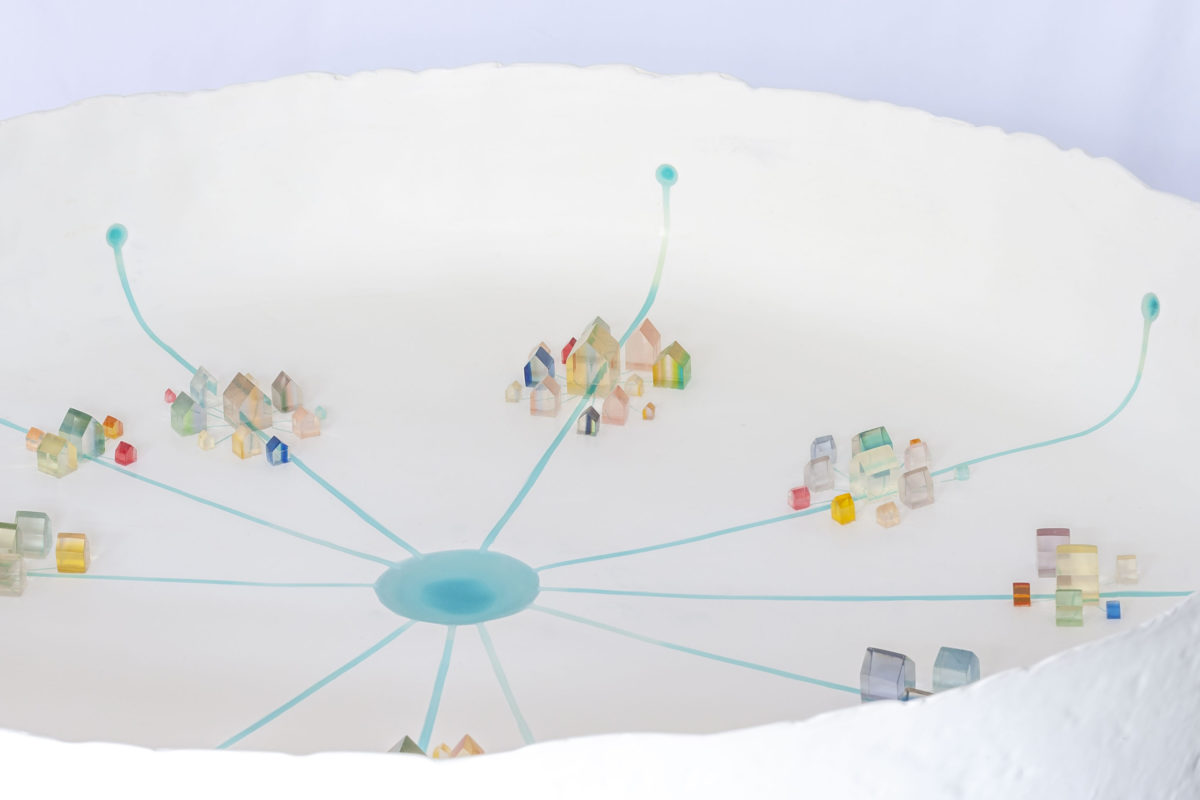
Resin and wood ; 92 x 92 x 94 cm
Unique

Installation – Ceramics and a drawing, Bir-Tal, iron plate and glazed ceramics – 50 x 80 x 40 cm / Bir-Tal Fayrouzi, drawing colour pencil – 21 x 29,7 cm
Unique
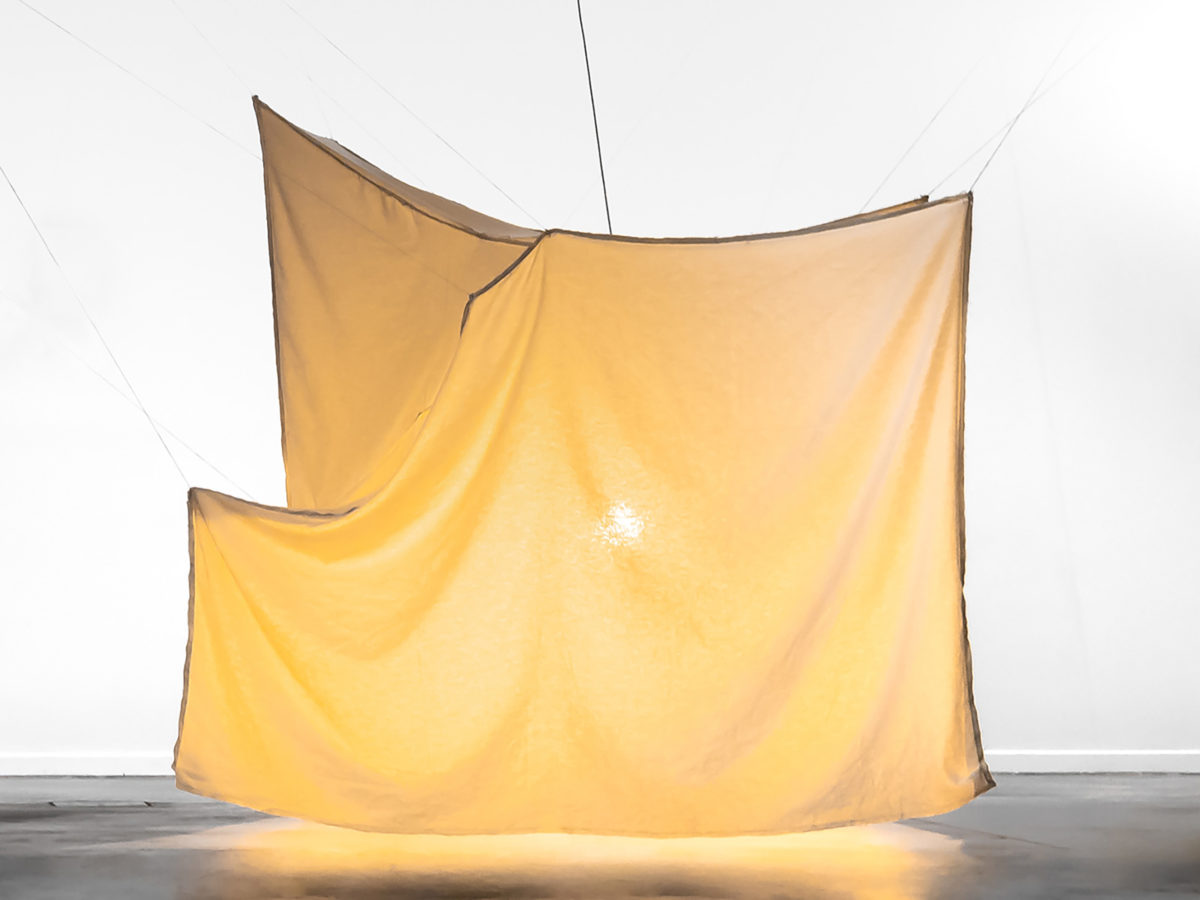
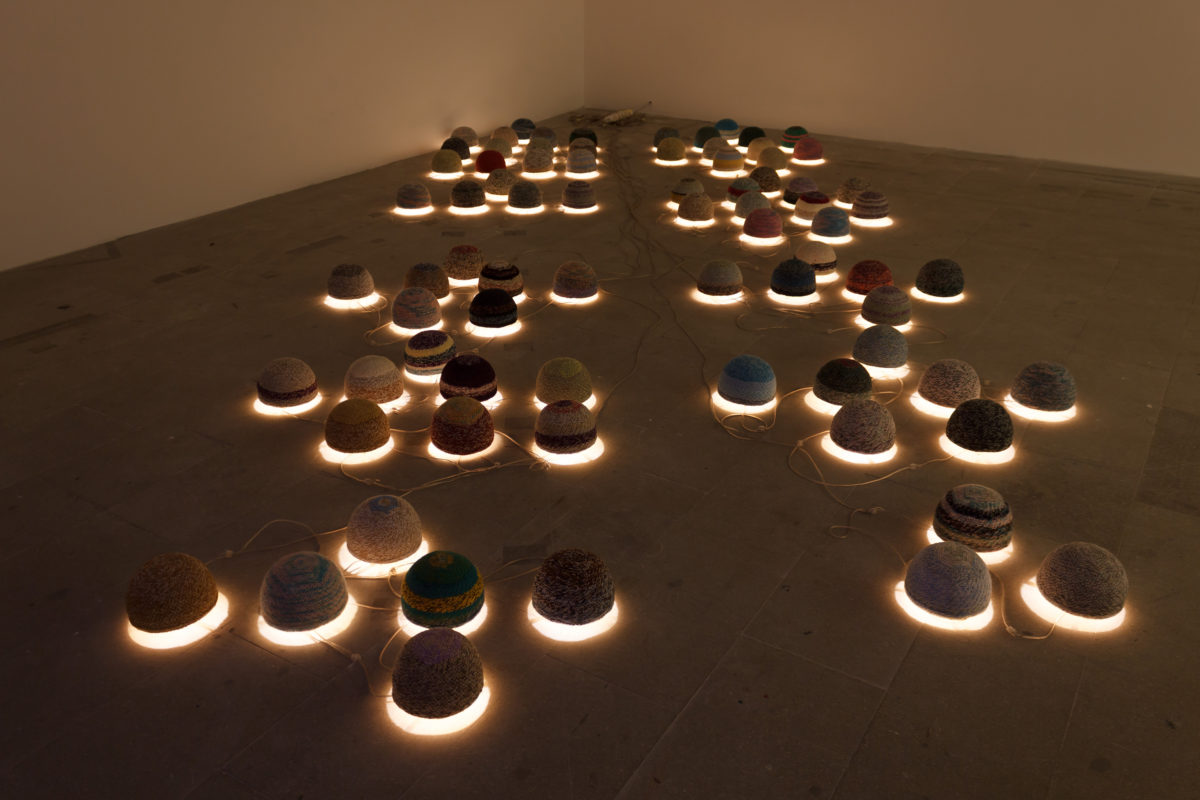
Installation – 77 wool hats, resin, metal supports, light bulbs, electric cables, transformer and plug; Variable dimensions
Cnap
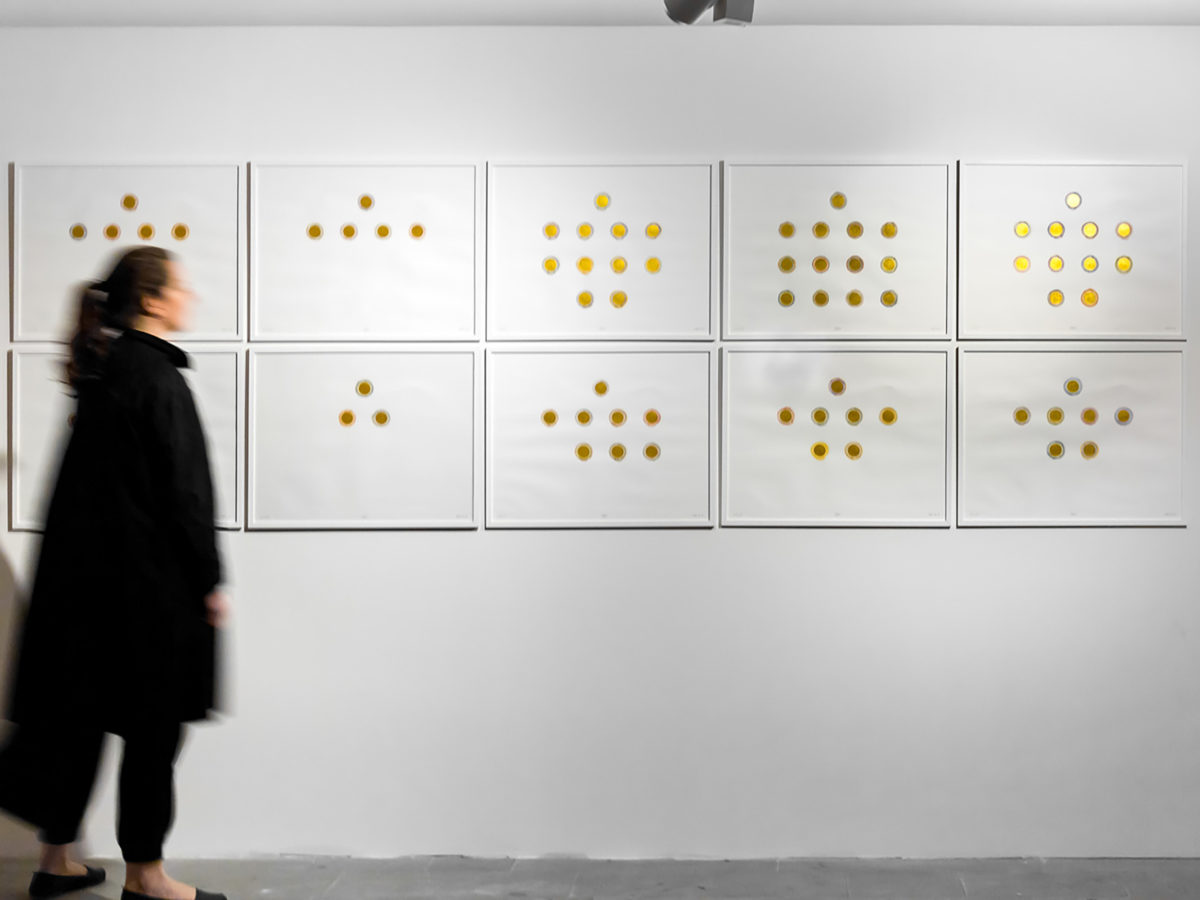
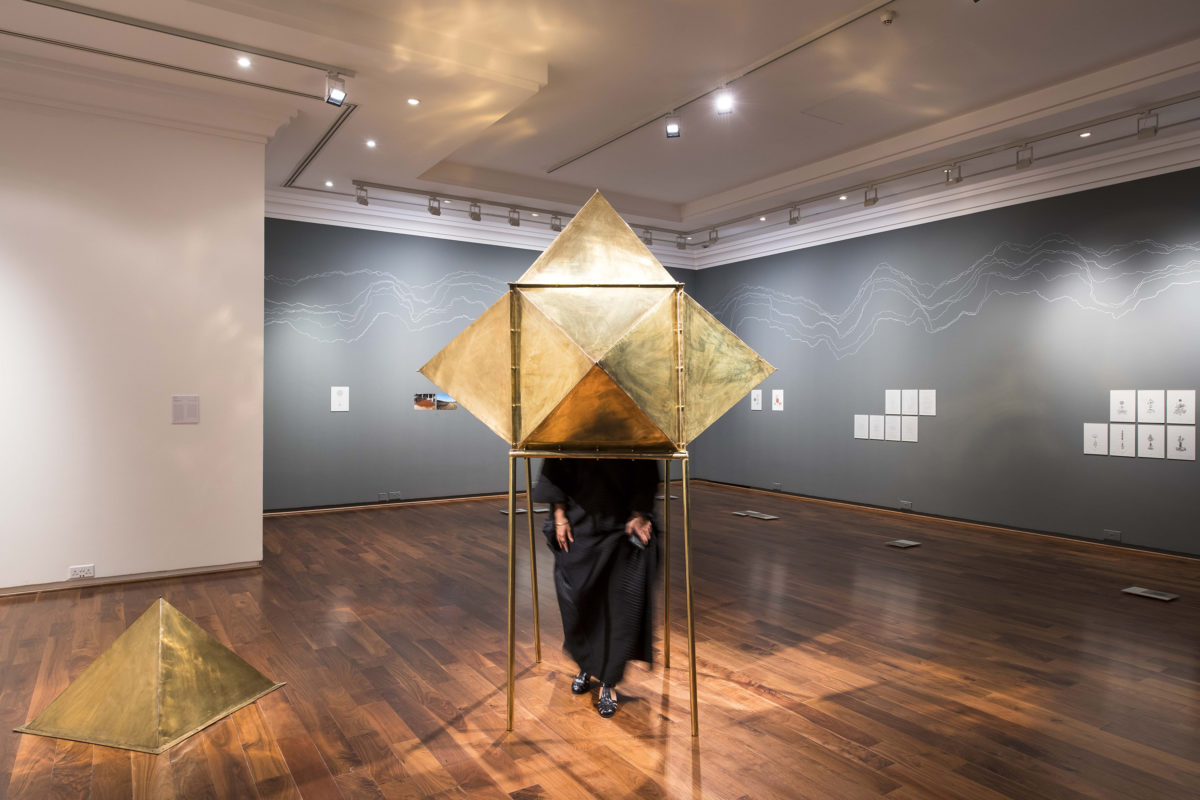
Copper ; 170 x 170 x 240 cm
Unique
Installation view: Younes Rahmoun, Little Worlds, Complex Structures, vcuarts Qatar, 2018
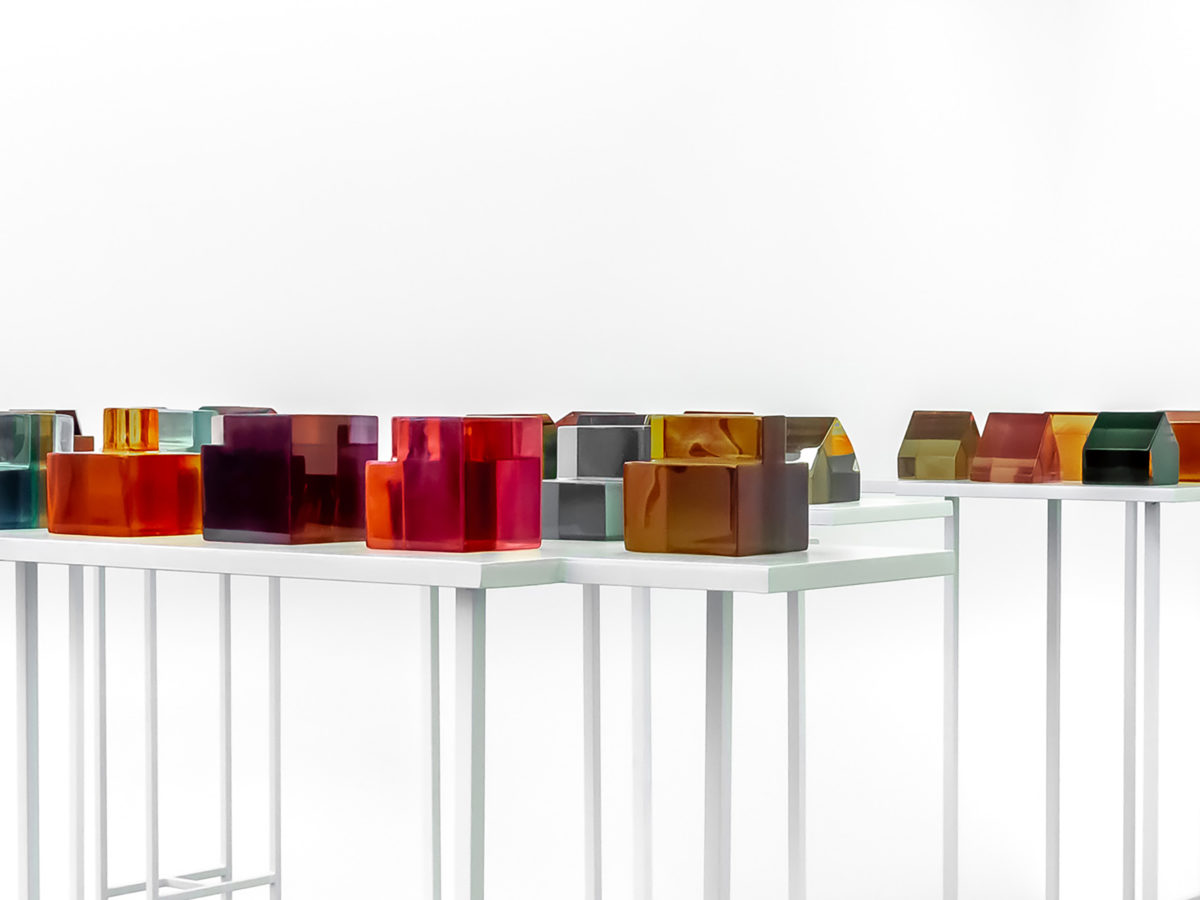
Fondation OCP
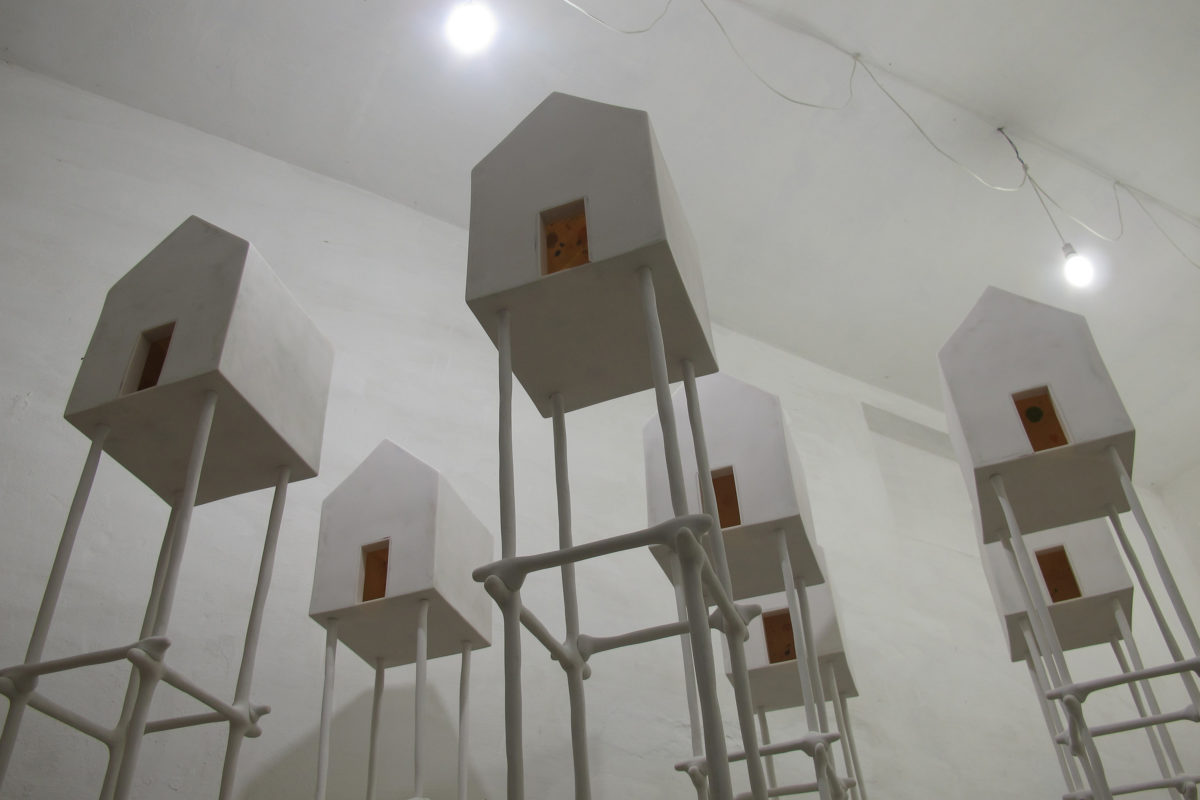
Installation: seven white resin sculptures ; 30 x 30 x 225 cm (each)
Unique
Centre Pompidou
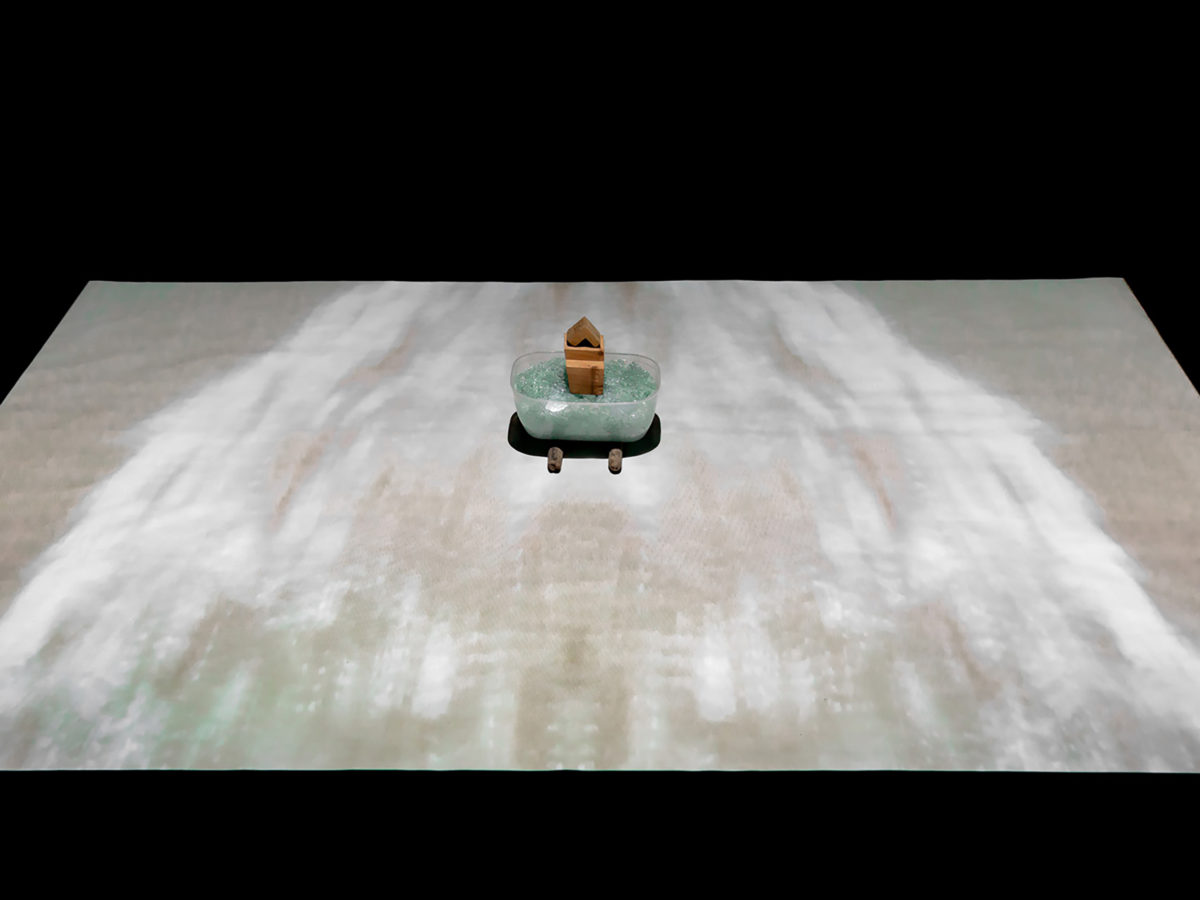
Installation: a HD video projection and a sculpture made of wood, broken glass and a plastic box ; variable dimensions
Unique
Exhibition view: Manzil, Galerie Imane Farès, Paris, 2015
Centre Pompidou
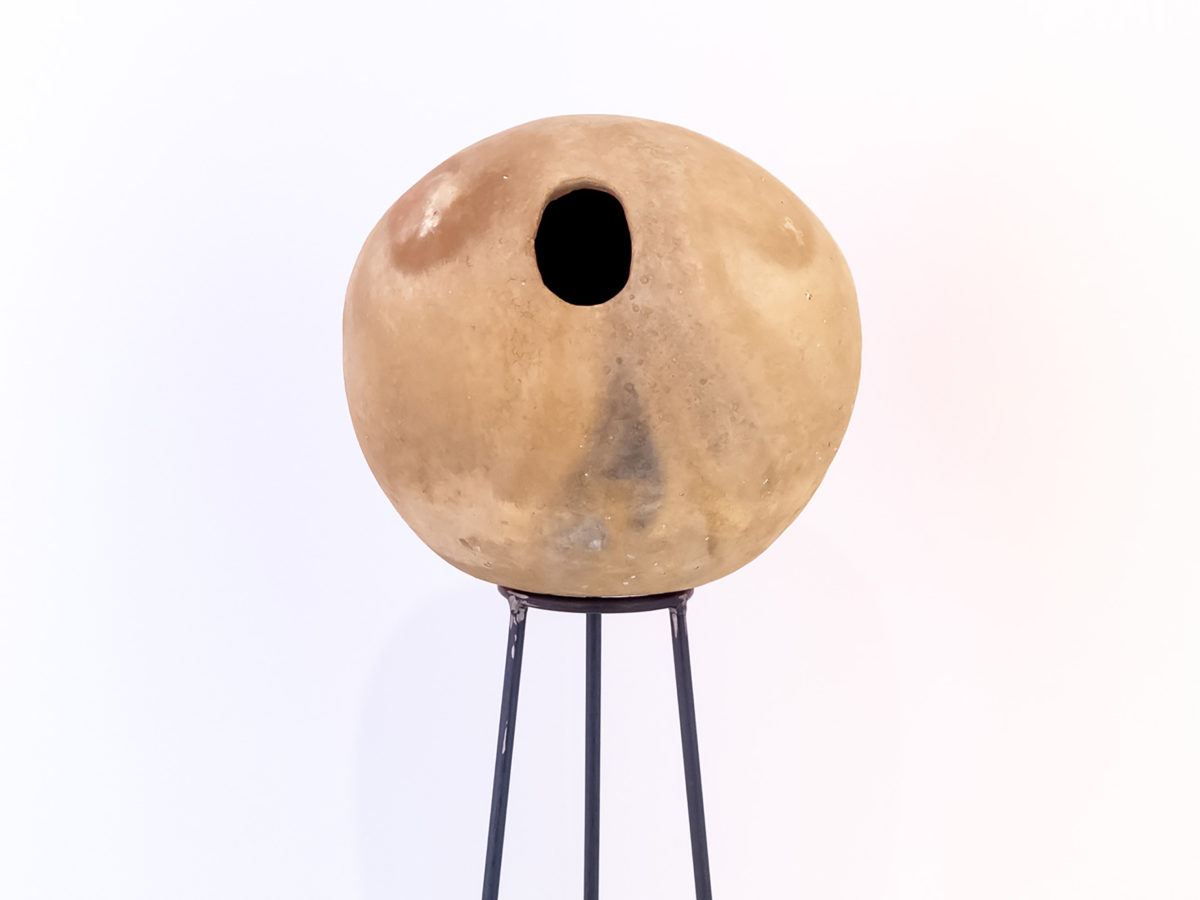
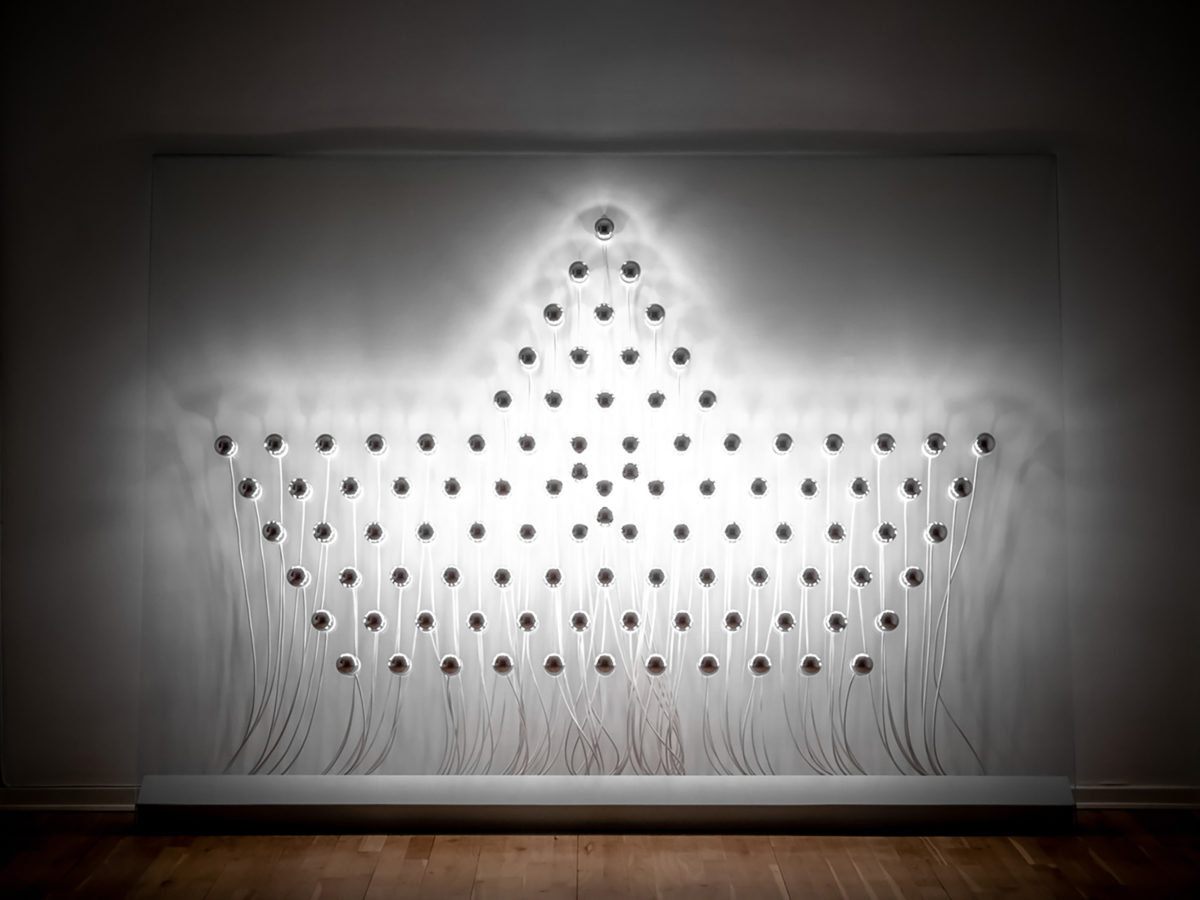
Installation: white cables, 99 light bulbs, glass pannel, metallic structure ; 190 x 256 cm
Unique
OCP Foundation

MACBA Collection. MACBA Foundation. Work acquired with the help of Banco Sabadell
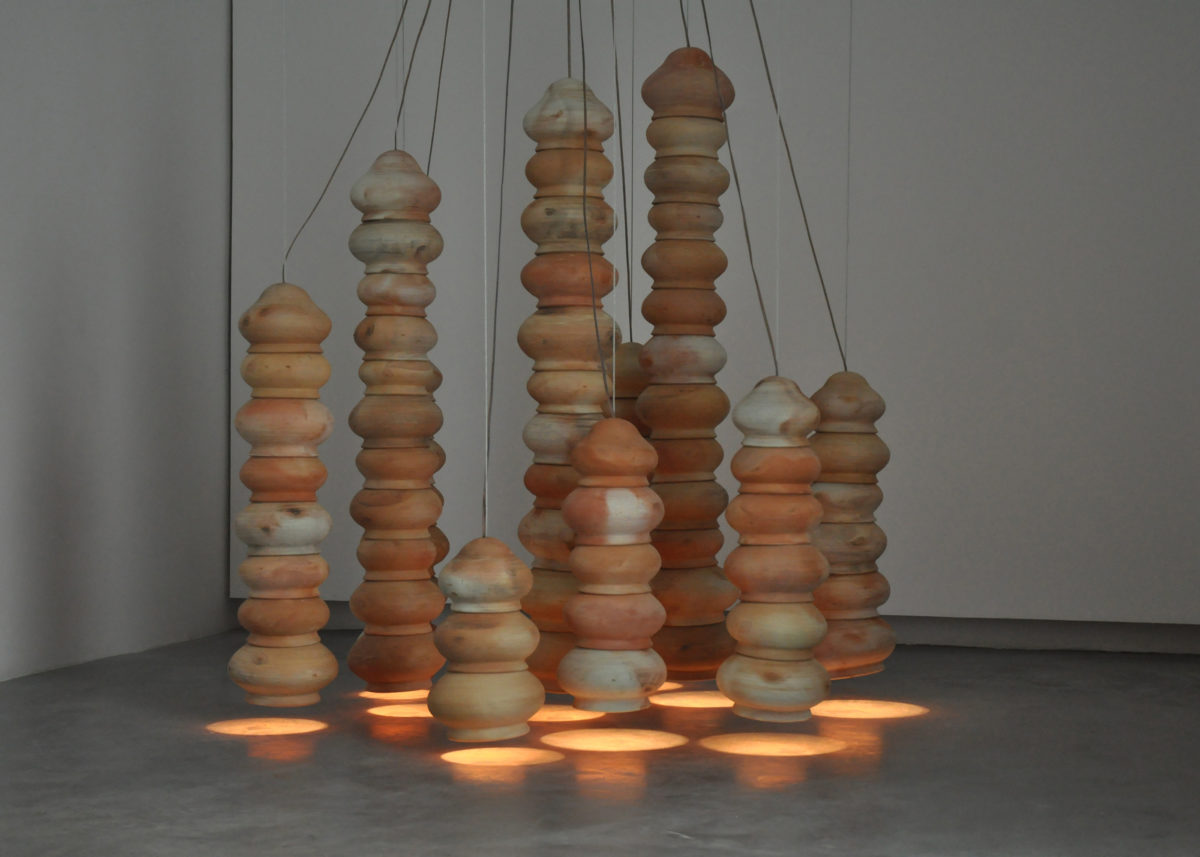
Terracotta, light bulbs, electric cables ; variable dimensions
Unique
Djerba Traditional Heritage Museum
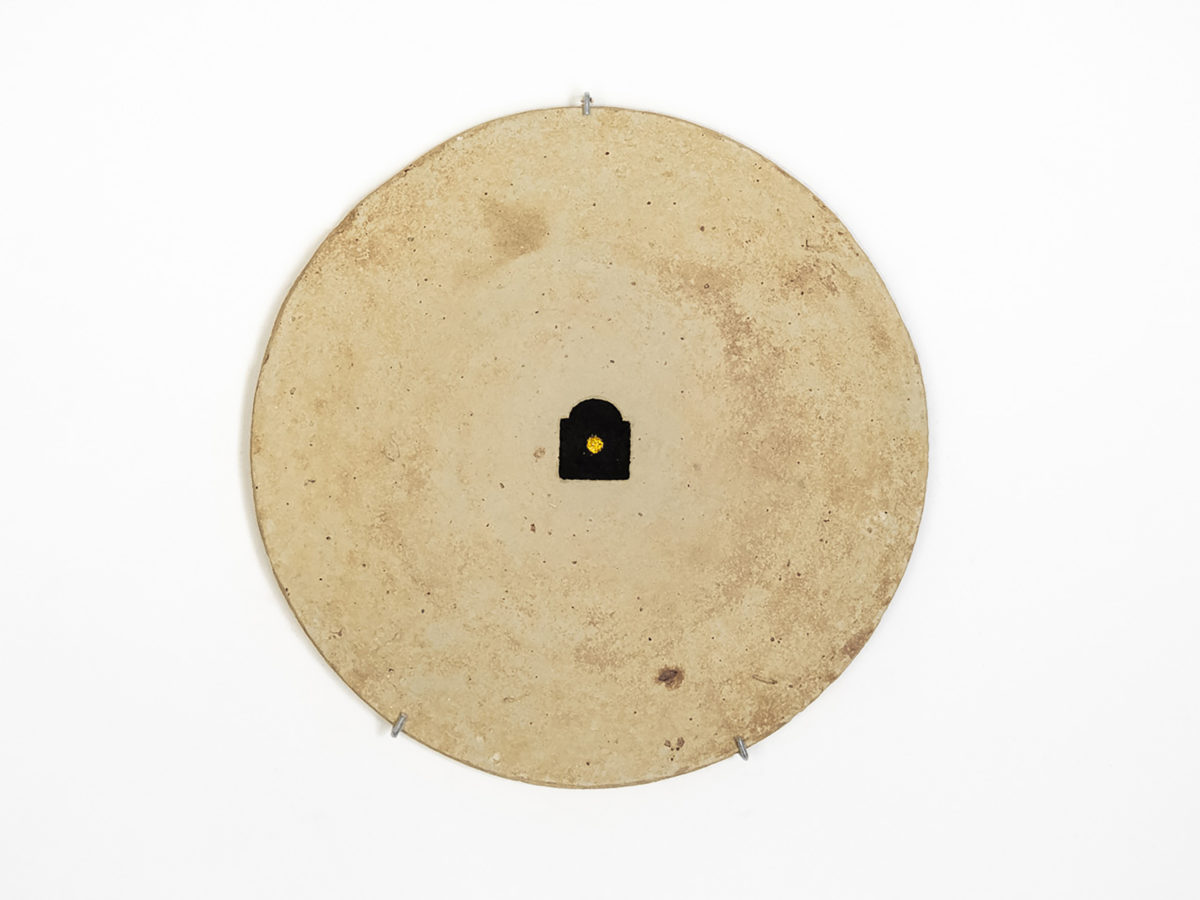
Oil, pastel and gold sequins on clay ; 50 cm diam.
Unique
Private collection
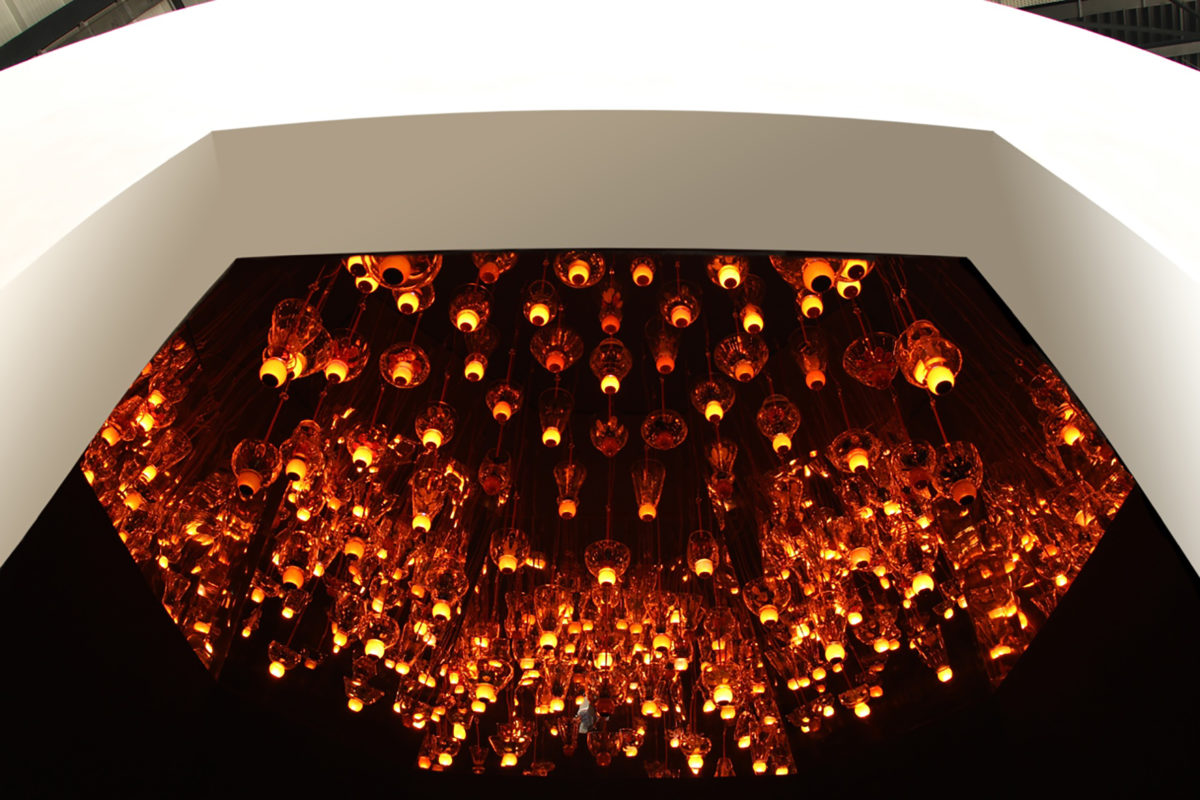
MATHAF

Artist’s collection

Two drawings: gold felt pen and pencil on paper ; two photos: inkjet print on photo paper ; 29 x 31 cm (each)
Unique
Video, color and sound; 11min21 sec
Performance, HD video, 2’
Animation video, 9min
Video B&W sound
Manzil-Tayf (House-Spectrum), 2021
Resin; 10 x 70 x 10 cm
Unique
[…] To build a house, for Younès Rahmoun, is to use
space to live in it physically but also to occupy it
mentally. He draws on his spiritual experience, his
imagination, but also on collective memory, to
express his idea of the house in a number of
objects and experiences. Manzil-Tayf is a reverie,
an invitation to imagine and to project ourselves
into the mystery of being. It evokes “stays of being”,
“houses of being, where a certainty of being is
concentrated”. It is a “reverie, that of inhabiting
uninhabitable places”.
Manzil-Tayf materializes the relationship of the
body to the world. It is an envelope, a metaphorical
body, a natural living space. Interior and exterior
mingle in an ambiguous relationship that modifies
our perception of the body but also of space.
Parcels of light, parcels of colour: Manzil-Tayf
are small houses. Brief forms of habitat. Imaginary
constructions. Made of resin, they reveal themselves
in the light. From this light, according to the
artist, emanates a pure colour that would be the
essence of the universe. From this play of repetition
of form and colour, these houses represent
unity in diversity. They also metaphorically evoke
“the body inhabited by light” says the artist.
—Mouna Mekouar
Manzil-Hawd / Manzil-Jabal (House-Basin / House-Mountain)
Red copper plates, resin, metal tripod pedestal; 140 x 60 x 60 cm
Unique
Nakhla-Nakhla (Palm Tree-Palm Tree), 2020
Installation comprises 77 elements gathered in 10 columns made of yellow copper, 300 x 207 x 18 cm (diam.), one framed drawing, 21 x 29.7 cm, one floor lighting strip, 300 x 20 x 20 cm
Unique
Exhibition view: Malhoun 2.0, Marrakech, 2020
Nakhla-Nakhla, whose title in Arabic means ‘‘palm tree-palm tree’’, is a minimal installation consisting of 77 yellow copper pieces and a drawing. The copper pieces were made in Tetouan, Morocco, by a metalworker, Mohamed Ben Attou, who specializes in making ‘‘zizoua’’, a utensil used mainly in cafés in the north of the country to prepare tea on embers. For Nakhla-Nakhla, I only had the main part of the object, the container, made, in several dimensions.
The 77 pieces were superimposed one on top of the other to form a total of ten columns, all of different heights. Each column is composed of a predefined number of superimposed elements, the smallest at the top and the largest at the base. From right to left, the first contains eleven elements, the second thirteen, the third eleven, the fourth five, the fifth six, the sixth seven, the seventh seven, the eighth eight, the ninth three and the tenth ten.
They are slightly raised a few millimetres from the ground and positioned at a distance of about one foot from each other. These ten columns are aligned in a single row parallel to the axis of the Qibla. Thanks to specially designed lighting for the installation, the brass shines brightly, very brightly, like incandescent candles. The silhouettes cast their shadows on the floor and the wall, drawing shadows close to those of palm trunks.
The number 77 comes from the 77 branches of faith in Islam: 77 ways of practising one’s faith in life. Stability and transcendence, body and soul, shadow and light, full and empty, … so many complementary elements and values on which I would like the spectator to meditate.
— Younès Rahmoun, 2020
Manzil-Markib (House-Raw Boat), 2019
Copper, brass and painted metal
525 x 210 x 245 cm
Unique
Exhibition view: Fiac Hors-les-murs 2019, Jardin des Tuileries, Paris, France, 2019
On the occasion of FIAC 2019, Younès Rahmoun created an original sculpture combining two recurring motifs in his artistic work, which is closely linked to his spiritual practice: the house and the boat. Entitled Manzil-Markib (Maison-Barque), this monumental sculpture is over 5 metres high and consists of a copper structure taking the shape of a house and with a small boat sculpted in polished copper inside it. Both minimal and warm, Rahmoun’s works frequently exploit the diverse forms, symbols and meanings of these two elements. Like the other motifs that punctuate his work, the house and the boat have a profound meaning here, testifying to a principle dear to the artist: form is only the outline of the soul. These two obsessions – the house and the boat – have their origins not only in a meditative approach to the world, but also in the artist’s childhood. Younès Rahmoun planned to be a great traveller, an explorer in search of an ideal place, an earthly paradise or a heavenly refuge. He was inspired by his childhood dreams, which he later enriched with the theoretical contributions of Sufism, Buddhism and Zen philosophy. All his work then aims to reveal that “if this paradise exists, it must not be very far away. It is somewhere in my home, in my country, in my city, in my neighbourhood, in this little refuge, here, somewhere in my heart.”
Designed for public spaces, the installation Manzil-Markib features a simple and rigorous architecture. Borrowing the generic shape of a house with a sloping roof, the exterior structure is nevertheless built according to a perfectly mathematical logic. The envelope of this house consists of about thirty copper rods, thus giving the house a modular architecture. Moreover, the transparency of the structure allows the visitor to contemplate the work from near and far. Raised on black painted metal stilts, the house seems to float from afar and reveals the boat-shaped sculpture. Symbol of the physical act of travelling, the boat is here stylized in order to also refer to an inner journey. Indeed, Rahmoun uses this motif in such a way as to depict not only a boat, but also the lotus position in meditation.
A true telescoping of multiple references, Manzil-Markib tends to convey a message of community and peace. The artist states in this regard: “I like that my work triggers universal memories, that my creations speak to and touch people. That they carry a part of the other in them, in their form, a part of their surroundings, their environment, their imagination whatever the culture to which they belong. It is a reminder of the childhood home that everyone carries in their imagination.”
Ghorfa, 2006-2016
Installation comprises: 17 drawings (29,7 x 21 cm, 45 x 30 cm and 89 x 53 cm), a textile installation: threads, electrical wires and a lightbulb
Unique
Exhibition views: Younès Rahmoun, Hijra, galerie Imane Farès, 2018.
Tâqiya-Nôr (Cap-Light), 2016
Installation comprises 77 wool caps, resin, metal supports, bulbs, electric wires, transformer and plug, arranged on the floor and towards the Qibla.
Variable dimensions, approx. 400 x 600 cm
Unique
Collection Centre national des arts plastiques, Pantin, France
Installation views: 57th International Art Exhibition – La Biennale di Venezia, Viva Arte Viva. Photo: Andrea Avezzù. Courtesy of La Biennale di Venezia
Installation views: Fondation national des Musées, Morrocco
Installation views: Jameel Prize 5, V&A Museum, London
Once installed, Tâqiya-Nôr gives the impression of an aerial view of an African village by night.
The installation is comprised of 77 hats in colored wool, arranged in 10 groups on several parallel rows. It is as if they were villages or a grouping of houses that recall Zulu architecture, which is common in South Africa. In total, ten peoples, at the same level, on the ground.
Electrical wires link the hats and power the lightbulbs hidden inside. They are all linked to one cable , which is hooked to an electrical outlet.
A resin mold, fixed underneath, was necessary to obtain the same volume and diameter for all the pieces. A metallic tripod supports the lightbulb so that it lightly elevates the hats, creating a halo of light underneath each structure.
Younès Rahmoun found these multicolored hats at the shop of an old craftsman in Tetouan, who knit them with natural and synthetic wool collected from used clothes which he unravelled himself.
The numbers 10 and 77 allude to the number of branches of faith according to the teaching of the prophete of Islam : ten main branches and seventy-seven secondary ones.
Just like the derviche masters and their disciples, the woolen hats are organized in parallel rows, with a hat that protrudes out of each group of ten. They are all linked to a unique source of light.
Tâqiya-Nor (Bonnet-Lumière), 2017
Ten drawings: acrylic paint, watercolor, pencil on paper
50 x 65 cm (each)
106 x 343 cm (ensemble)
Unique
Installation views: 57e International Art Exhibition – La Biennale di Venezia, Viva Arte Viva. Photo: Andrea Avezzù. Courtesy of La Biennale di Venezia.
Manzil-Lawn (House-Color), 2015
Installation comprises 77 industrial translucent resin sculptures and 10 steel tables painted pale grey oriented towards the Qibla
10 x 10 x 10 cm (each sculpture)
Unique
Exhibition views: Manzil, Galerie Imane Farès, Paris, 2015
Plots of light, Plots of colour: Manzil-Lawn are small houses. Brief forms of habitat. Imaginary constructions. Made of resin, an opaque and translucent material, they reveal themselves to the light. From this light, according to the artist, emanates a pure colour which would be the essence of the universe. Poetic objects, they also evoke by their number the 77 branches of the Muslim faith, precepts dictated by exegesis and the word of the prophet (hadith). From this game of repetition of form and colour, these houses represent unity in diversity. They also metaphorically evoke “the body inhabited by light” says the artist. Manzil-Lawn thus suggests the capacity of the being to radiate – according to a double movement, internal and external – an infinite light.
— Mouna Mekouar, 2015
Ghorfa-Janna (House-Paradise), 2015
Installation comprises seven white resin sculptures oriented towards the Qibla.
30 x 30 x 225 cm (each)
Unique
Coll. Musée national d’art moderne / Centre Georges Pompidou, Paris, France
Ghorfa-Janna, which means “House-Paradise” in Arabic, is an installation of resin sculptures. The seven houses are set on four long white stilts. If one looks through the small door, one notices that the walls, floor and ceiling are stained with small and large dots of all colours.
The seven facets that make up each house are made of translucent white resin. The inside is as white and smooth as the outside, but stained with many colours, as if the light from outside, passing through the walls, has been transformed into rainbow colours.
The small square room with its triangular ceiling represents for me the house of the imagination; the house of childhood. Having it at this height, just above our heads, is an attempt to represent dream houses; houses that float like clouds in the sky; houses of Peace.
— Younès Rahmoun, 2015
Markib-Misbah (Raw Boat-Lamp), 2014
White cables, 99 light bulbs, glass pannel, metallic structure
190 x 256 cm
Unique
Markib-Misbah (Raw Boat-Lamp) is a sculpture composed by 99 bulbs/mirrors, all fixed on a large transparent glass plate placed on the floor and leaning against the wall.
This set of dots, both reflecting and luminous, draw a floating shape of a boat —or a person sitting in a tailor’s chair— in the center of which we see a hexagon composed of ten dots that represents the heart. Each lamp is powered by an electric wire, and all the wires are attached to a single wire which is connected to a single light source.
A work that invites a moment of contemplation; somewhere between the micro-cosmos and the macro-cosmos; here-now.
77, 2014
Seventy seven copper lamps and cables / bulbs
Seventy seven elements, 9 x 7 x 13 cm (each)
Unique
Exhibition views: Where are we now?, 5e Marrakech Biennale, Morocco
77 is an installation composed of seventy-seven individual copper lamps wired together, faced down and grouped into chandeliers.
The installation was made in collaboration with a copper craftsman in Tétouan. Every element is made of a bulb and a copper shade of seven strips in different sizes.
The seventy-seven elements are organised in ten groups : the first contains 11, the second 13, the third 11, the forth 5, the fifth 6, the sixth 7, the seventh 7, the eight 8, the ninth 3 and the tenth 6.
Every group forms a star shape with one element in the centre. Every lamp is slightly elevated by a copper rod.
77 refers to the “77 Branches of Faith in Islam”, which are some of the essential attributes and characteristics that a true believer should have or strive to having.
Zahra-Zoujaj (Flower-Glass), 2010
In collaboration with architect Carlos Peréz Marín
Glass, mirrors, felt, LED lamps, cables, speakers, wood, metal structure
700 x 600 x 500 cm, 50 cm height (each lamp)
Unique
Coll. Mathaf, Doha, Qatar
This monumental work was the third in the Al-Ana/Huna series, comprised of pieces in which the viewer is invited in order to meditate. The exterior architecture of this immaculate white Hojra is an octagonal form that reaches up much like the pyramids.
Once through the low door that forces the viewer to stoop down, one discovers a group of seventy-seven blown glass flowers suspended from the ceiling, upside-down.
The flowers were made during the artist’s residency at the Centre International d’Art Verrier de Mesenthal using the seventy-seven flowers from Zahra, which were then adapted to the constraints of the glass.
Although each flower is unique, their centers are all made from an identical red ball from which a soft red light pulsates and whose intensity increases and decreases according to different rhythms. It is only after a few minutes of attention that the dozen or so viewers that can fit in the Hojra are able to distinguish the colorful nuances of each flower installed in a cupola around seven concentric circles.
Jidhr (Root), 2008
Light bulbs, plugs, sockets, power strips, cables and electricity
Variable dimensions
Unique
Exhibition views: Eldorama, Tripostal, lille3000, 2019. Photo © maxime dufour photographies
Eschewing narrow views of culture or identity, moments of meditation in which the influences of his own personal world combine with a quest for universality, spirituality and exchange. In his installations, photographs, fluctuating to the with the teachings of Islam and Sufism, but also Eastern Zen philosophy, he draws the key components of his work from spirituality and numerology, which is expressed as a variation on accumulation and repetition of simple symbols and forms, as inspired by Muslim architecture. At the heart of Younes Rahmoun meditation, migration, hura, is conceived of as a concrete, spontaneous shift intrinsic to the universe, as well as a form of spiritual exploration of inner journey the Moroccan artist Younès Rahmoun develops a minimal work conducive to videos, drawings and performances, the artist explores elements, from the most most immutable, the invisible side of things as well as vital essences atom, heart, seed, flower or light Imbued the concept of harmony, the cohesiveness of beings, the juxtaposition.
Jidhr means root. A translucent room, built like a cocoon, houses a large light installation, composed of 77 green bulbs suspended according to the pattern of a stylized bloom, grazing the ground they reflect, bathing it in a green light, the color of Islam but also of germination. The electrical wires are connected to each other as well as to a single cable connected to a single plug By their number these lights evoke the 77 branches of the Muslim faith, precepts dictated by the exegesis and word of the prophet and inspired by the idea of infinity found in Sufi philosophy. All these unity in diversity tree branch, composed of 7 further branches, from which 11 hanging bulbs elements are oriented towards Mecca. From this game of repetition of form and color, they represent unity in diversity.
Zaytûna (Olivie tree)
1 min video in loop
In this one-minute video, looped endlessly, we see a great thousand-year-old olive tree that is still in full vivacity,
bright green, in an atmosphere that’s hardly real, this old olive tree is constantly moving, vibrating with life,
the olive tree is mentioned in the Koran as a tree of light, for me it symbolises the tree of the heart; the tree of an inner paradise,
“Zaytouna” is a silent video that invites you to a moment of rest, silence and meditation…
The olive tree, this Mediterranean tree, is very common in Tunisia,
In Djerba, where I filmed this video, there are olive trees of all ages as far as the eye can see,
For the people of Djerba, as for the other peoples of the region, since flour and olive oil are the staples of their diet, the olive tree and barley represent life,
And that’s what I wanted to talk about too…
Habba (Seed), 2008-2011
Video animation
7 min, looped
Edition of 5 + 1 AP
Music: Esteban Algora
Musicians: Ingar Zach (drums), Alessandra Rombolà (flute) and Esteban Algora (accordeon)
With Younès Rahmoun, each action is meticulous, repetitive, symbolic and counted. He places life at the core of each of his works, plants real or fictitious seeds, pampers the soil and patiently watches his plants grow and transform. He cultivates slowness and harmony as necessary conditions for serenity. His subjects are the flower because it is beautiful, the house because it shelters, the line because it is pure. Habba is the story of a seed that takes shape and blossoms in the universe. First there is the black hole, then the light, and in this glow, life blossoms. It settles in, unfolds its lines, takes root, blooms, before inevitably returning to chaos, to the unfathomable. Younès Rahmoun finds the wisdom of his images in Muslim mysticism, in a meditative and contemplative approach. Each of his works is precise and can be formulated with few means. Here the line is simple, the colours reduced to the grey of the pencil and the green of an invigorating halo. The drawing is transformed in 7 minutes, a symbolic and recurring figure for the artist, the time of a world, the space of a life.
— Sandrine Wyman
